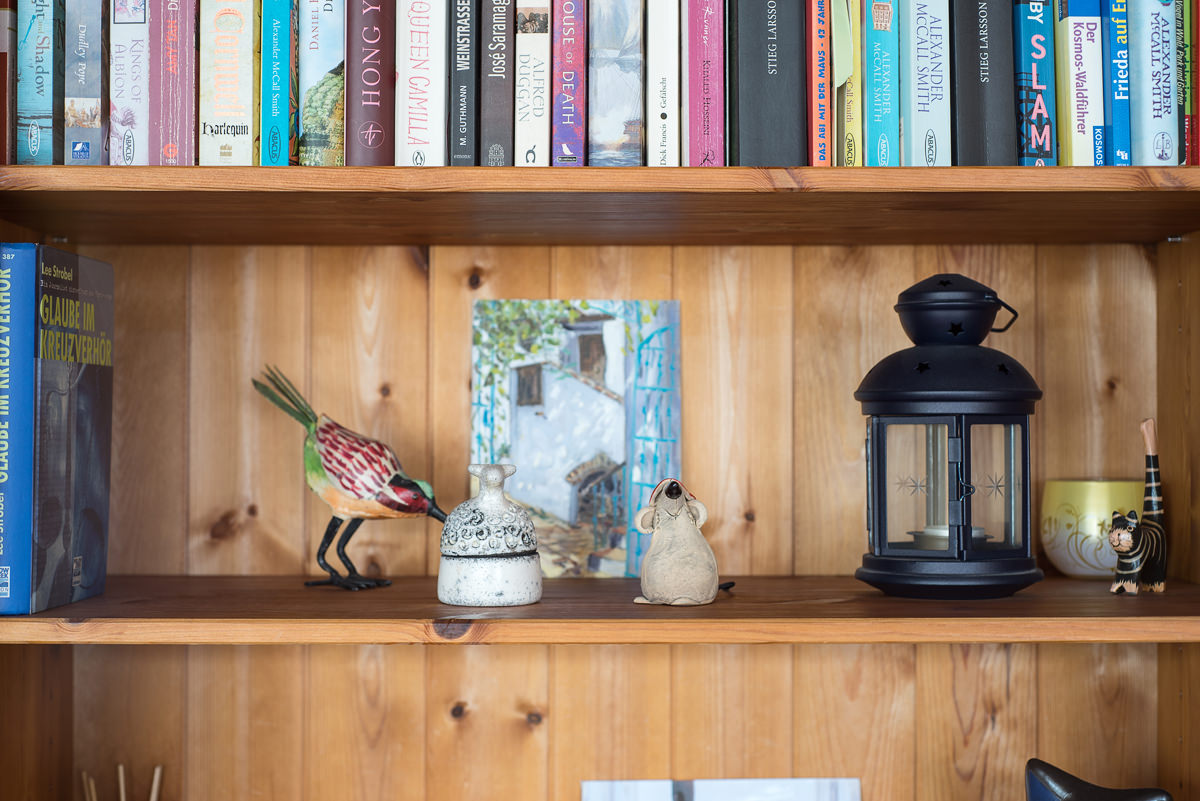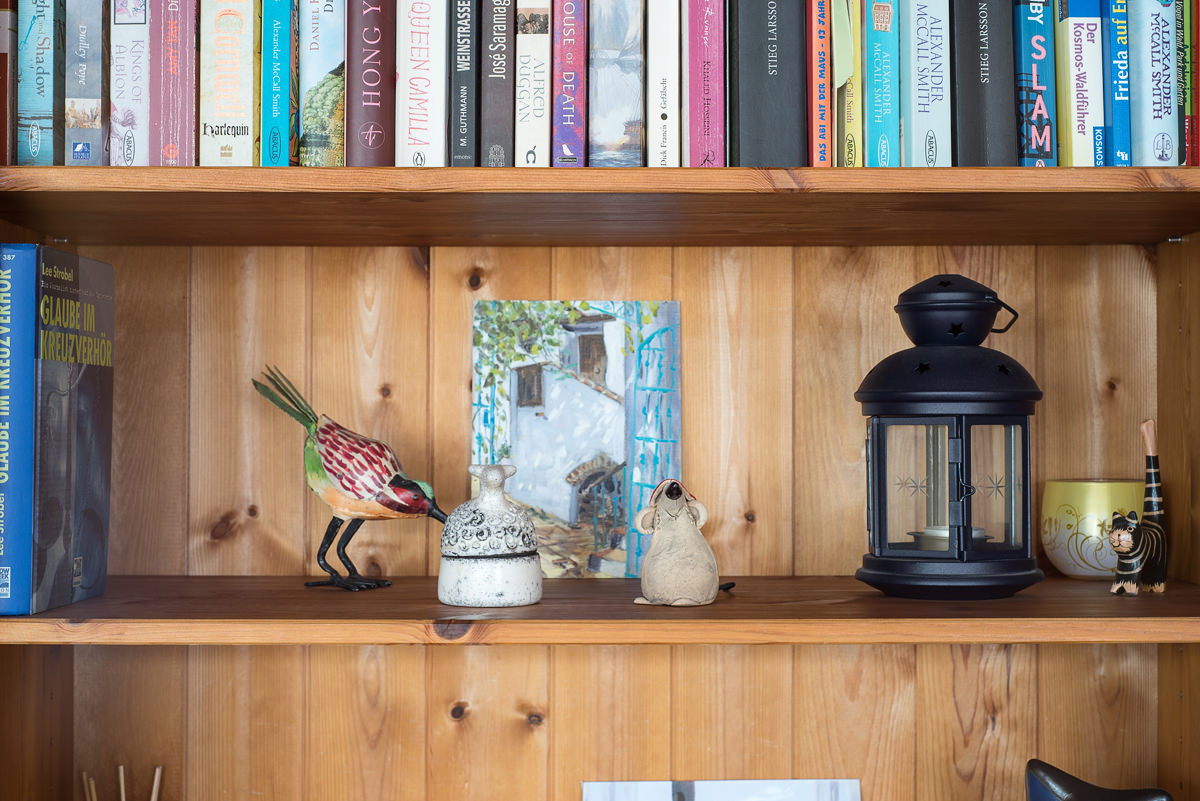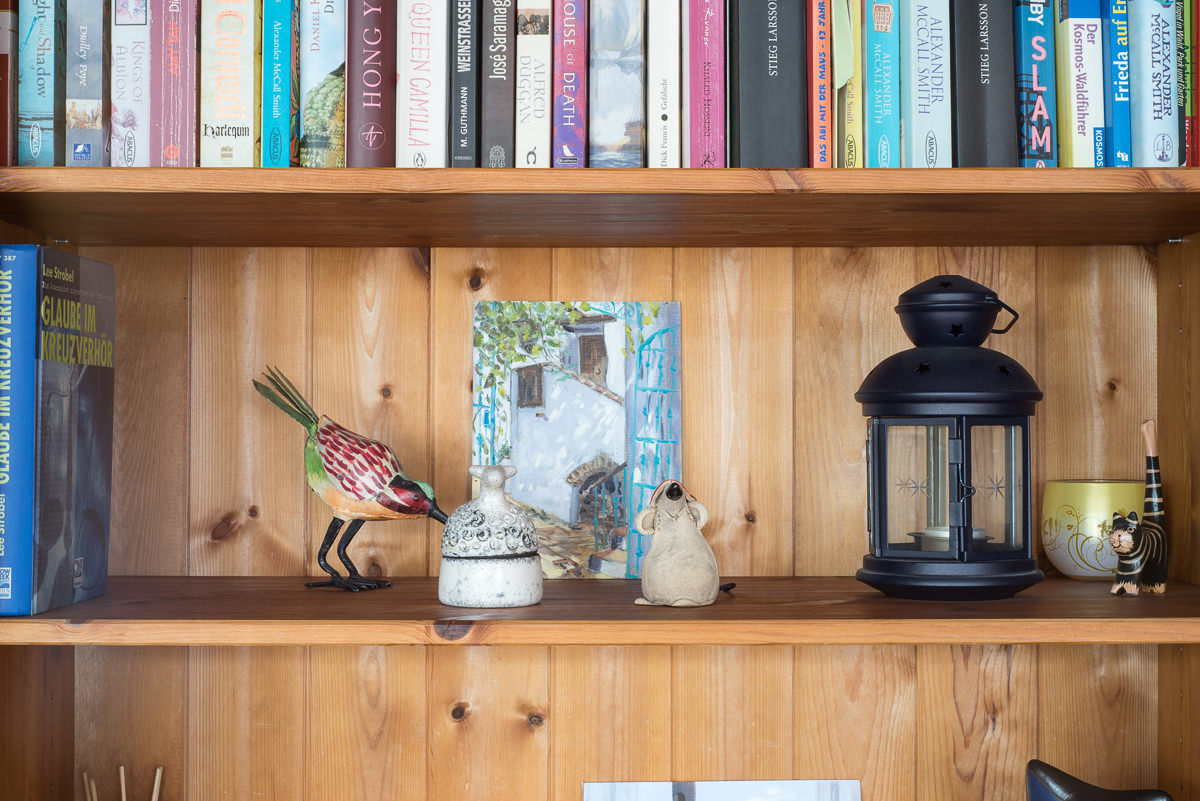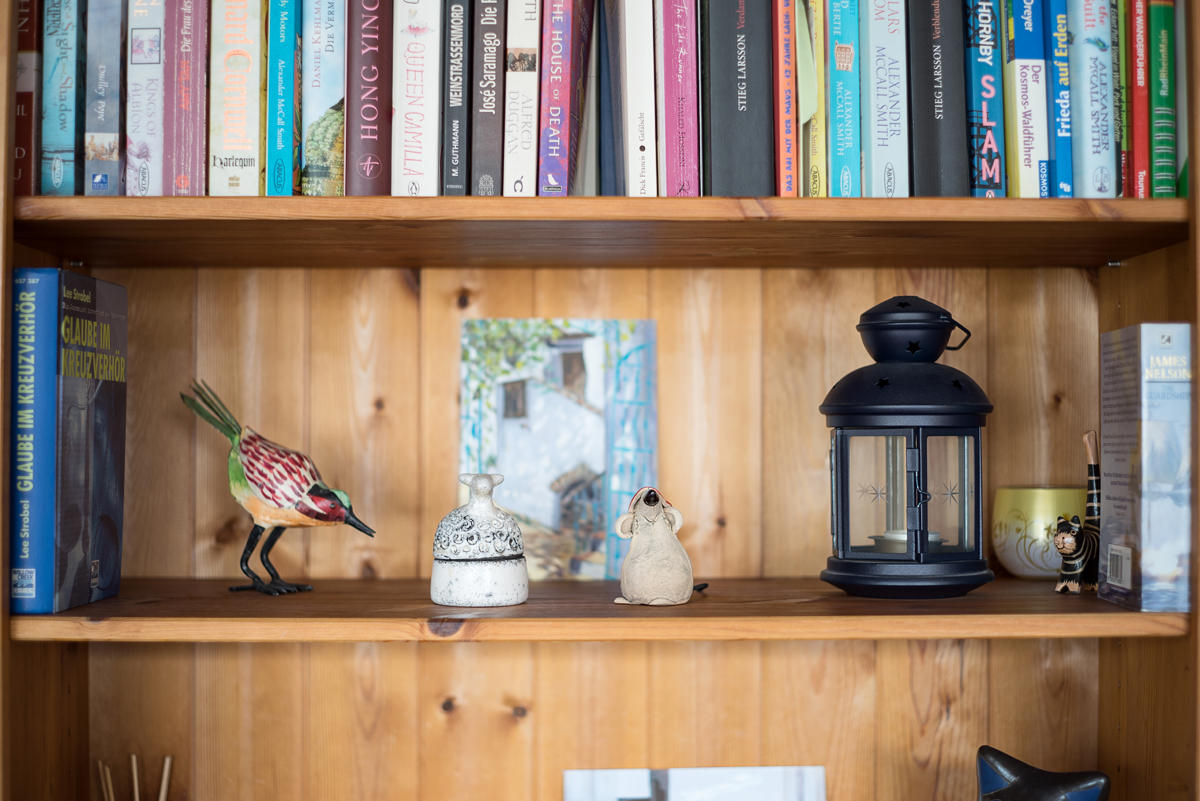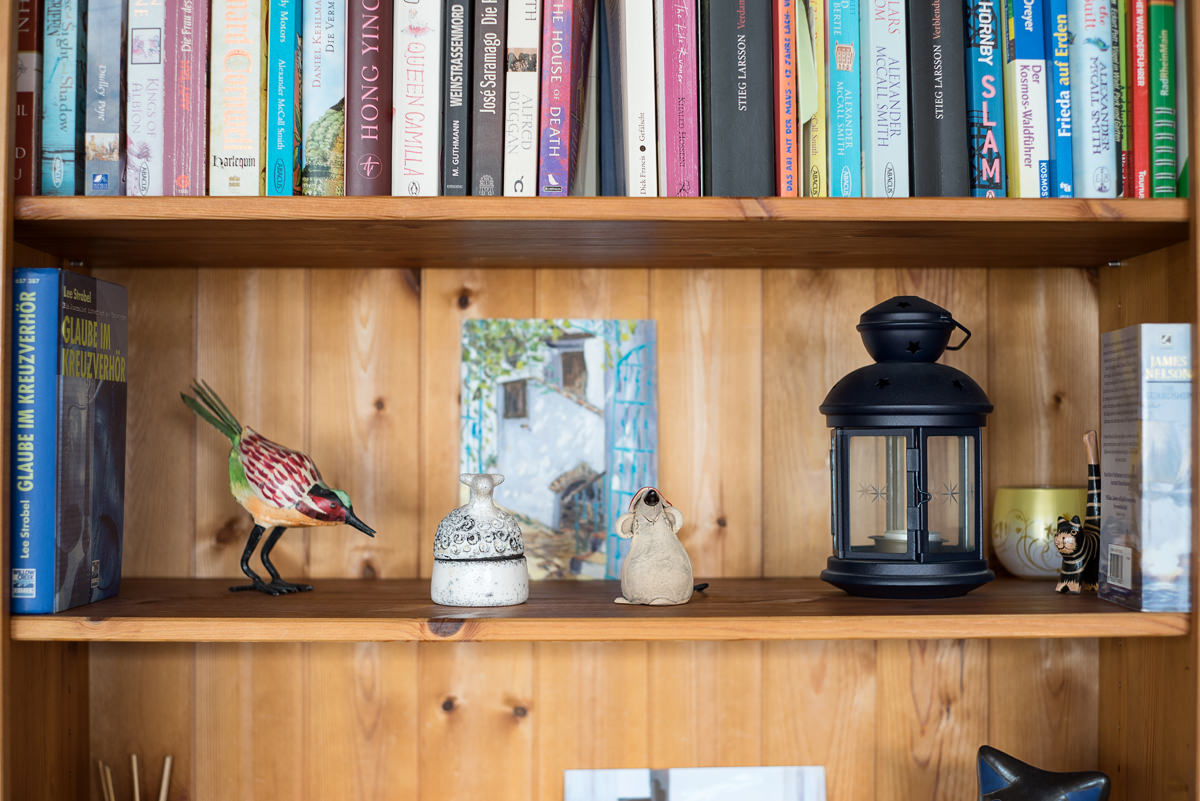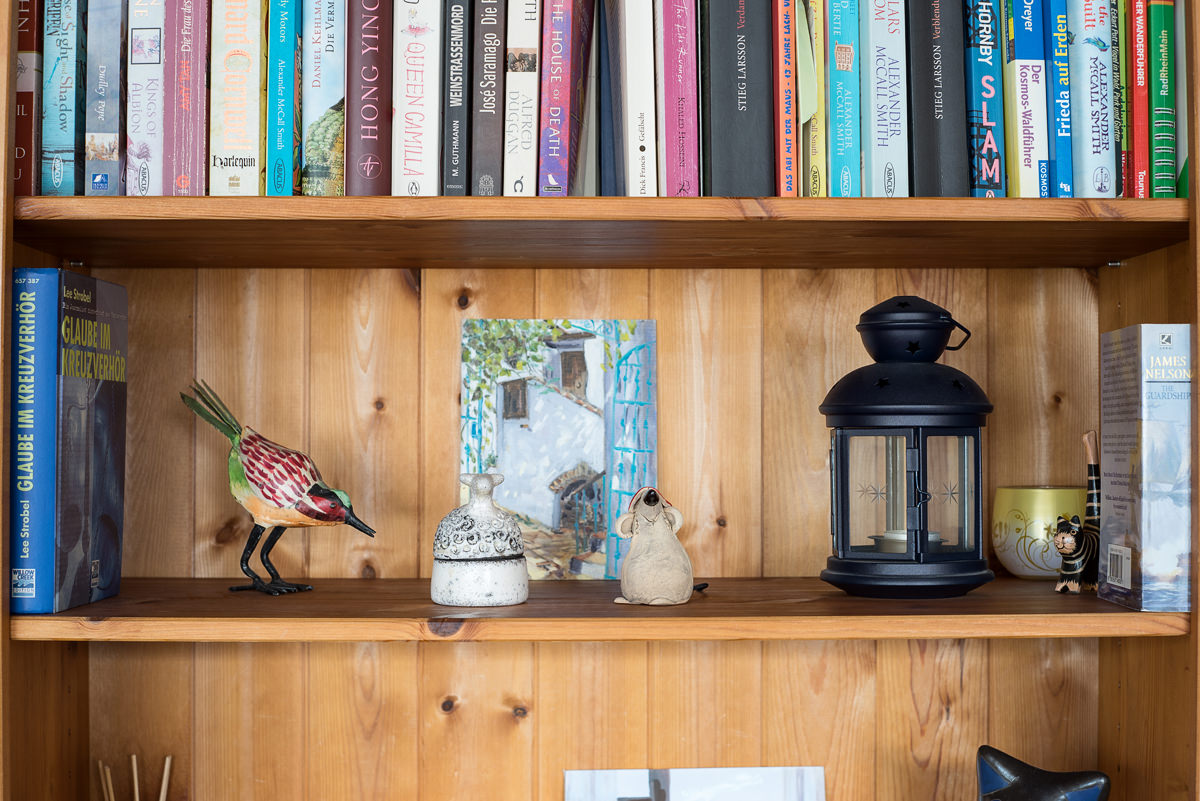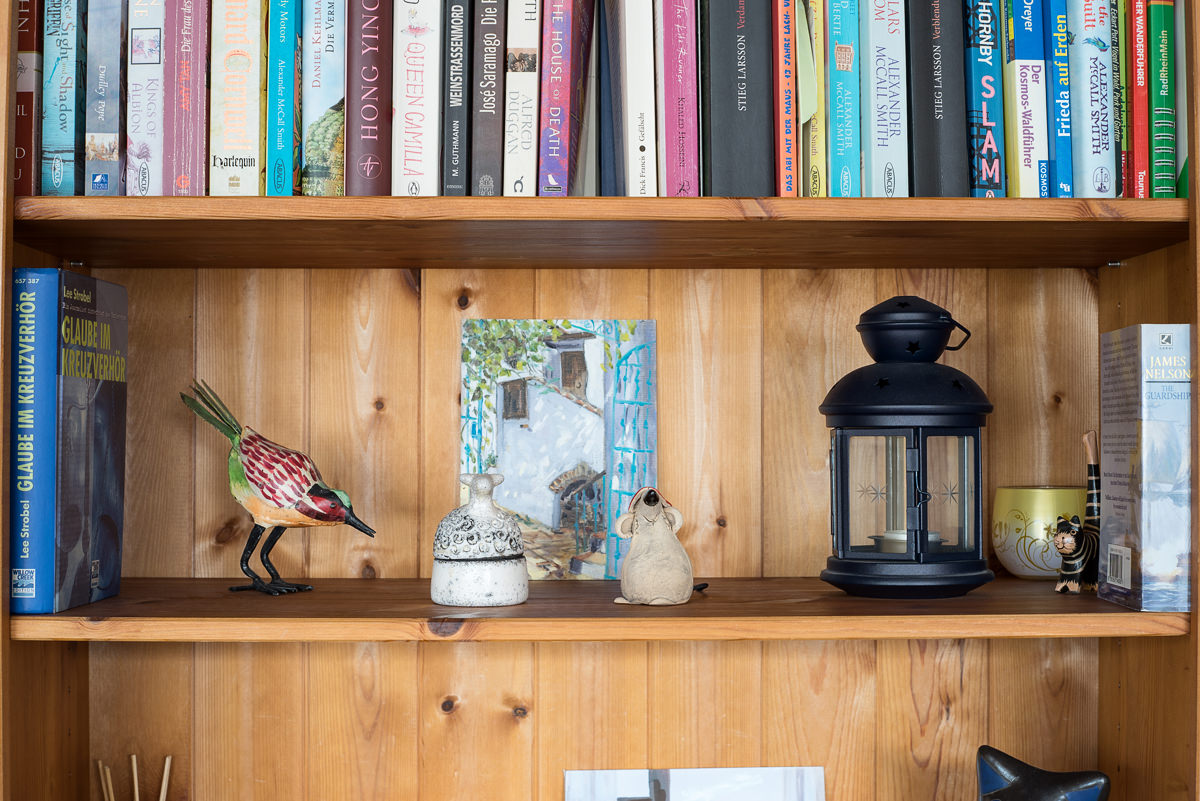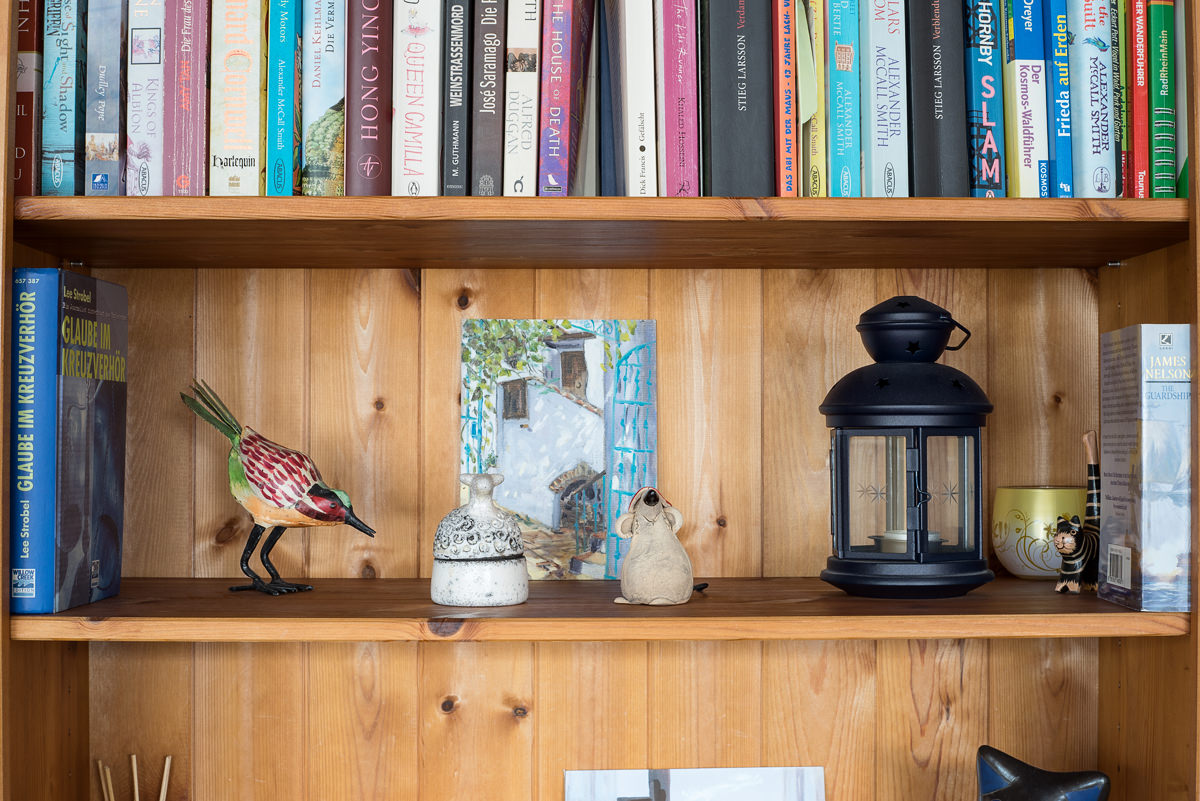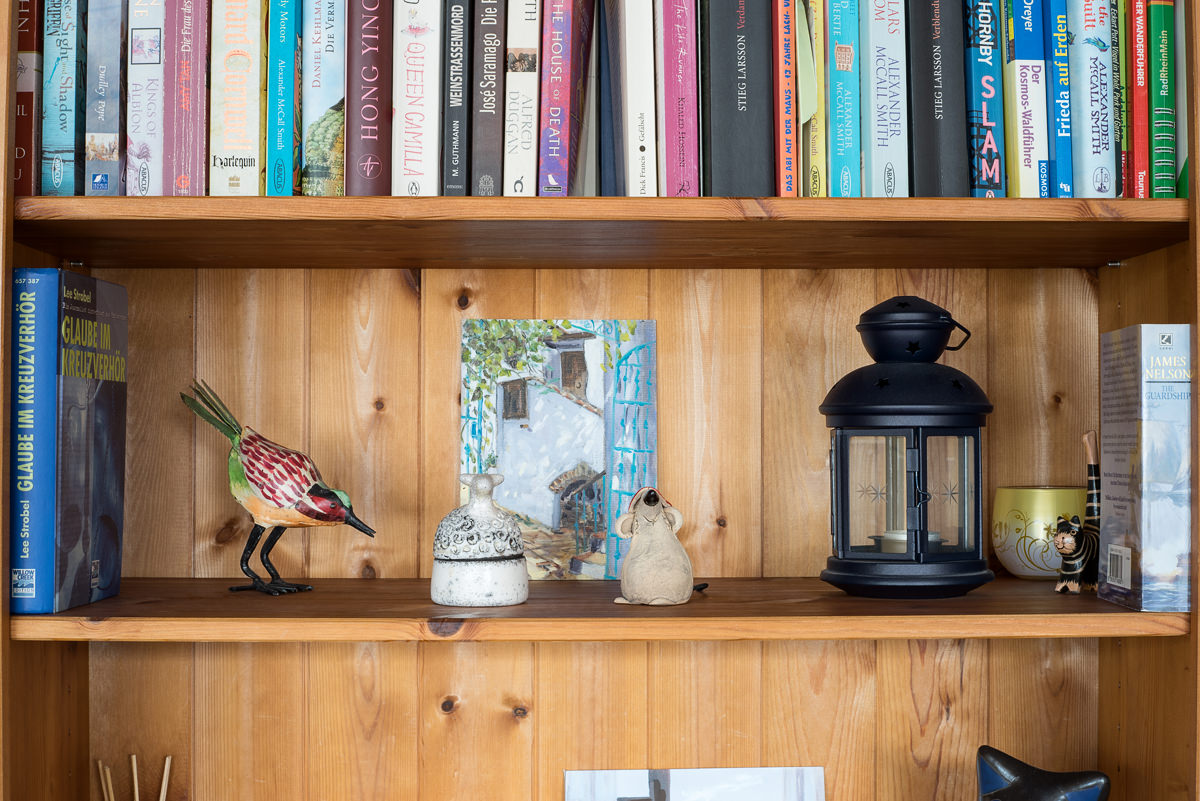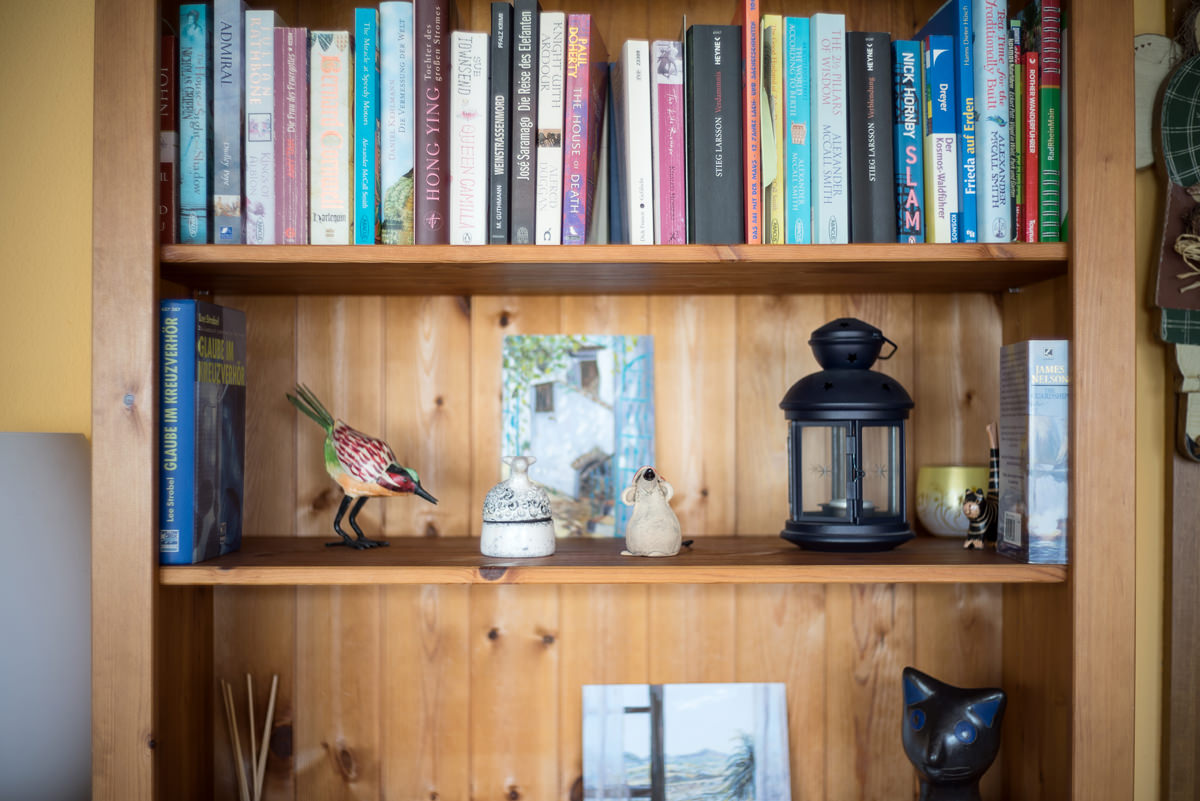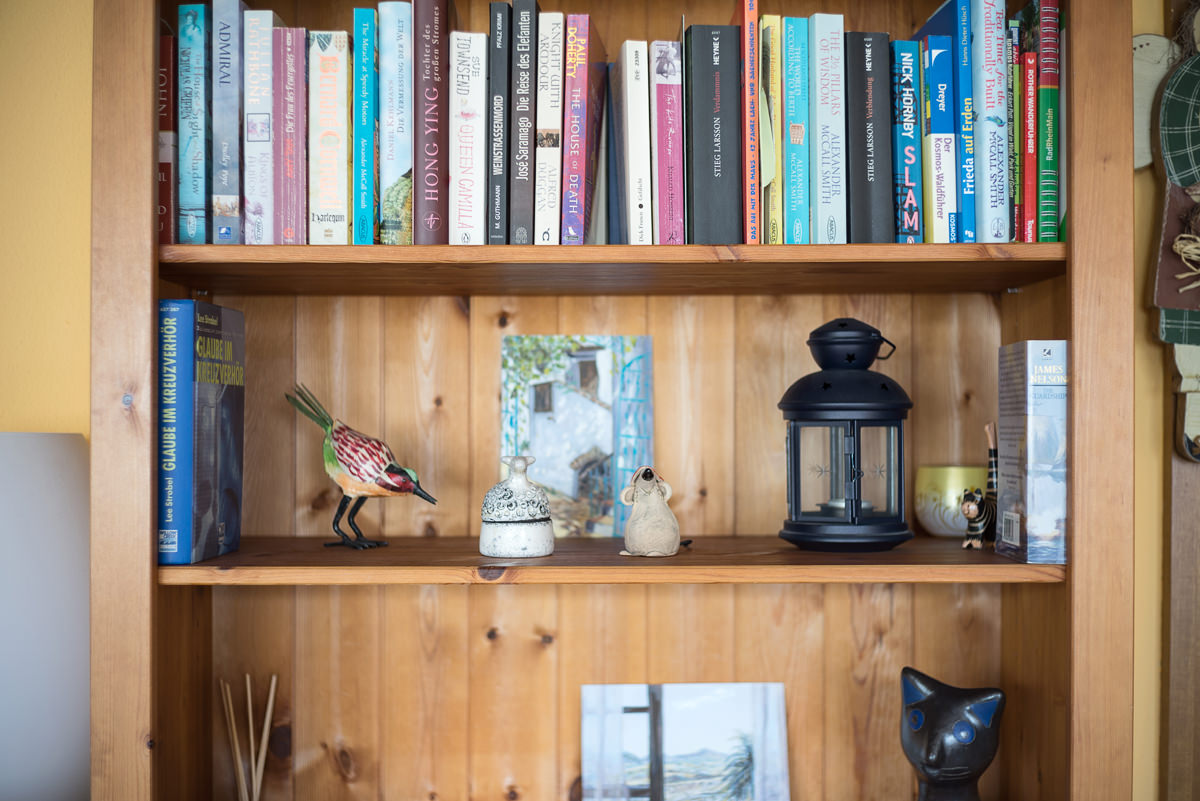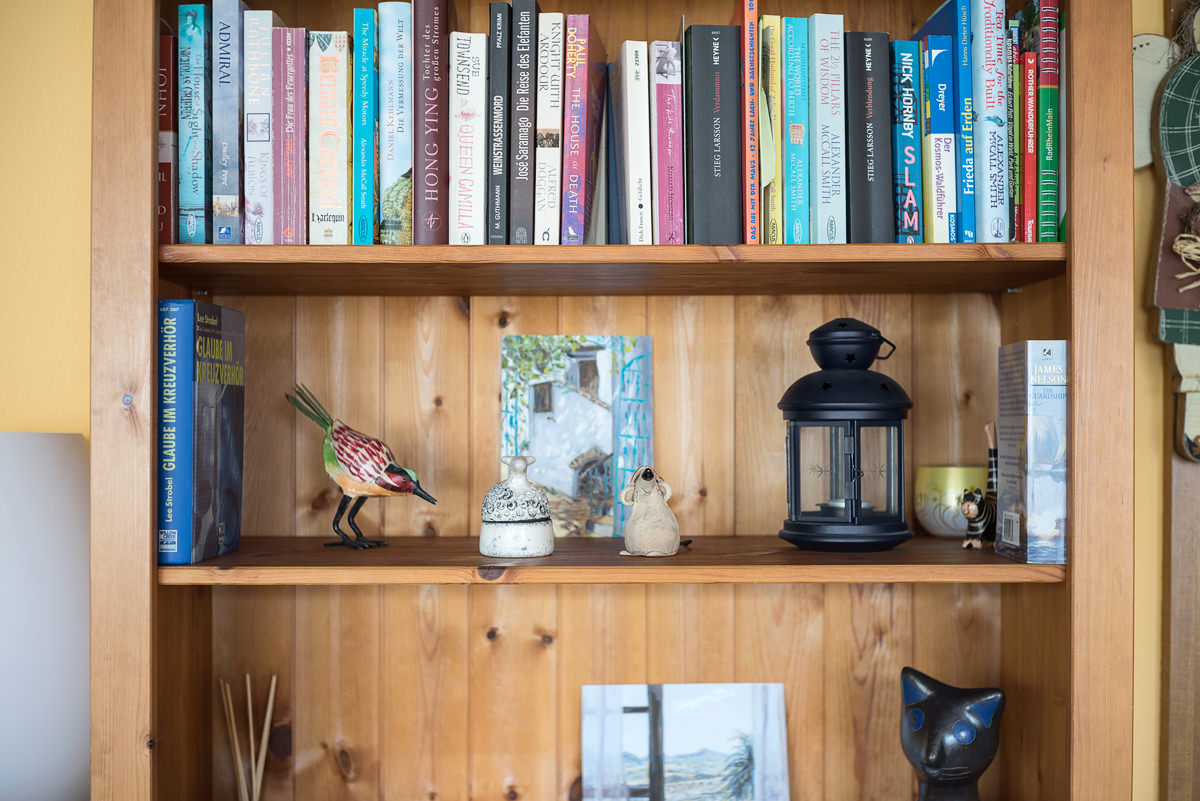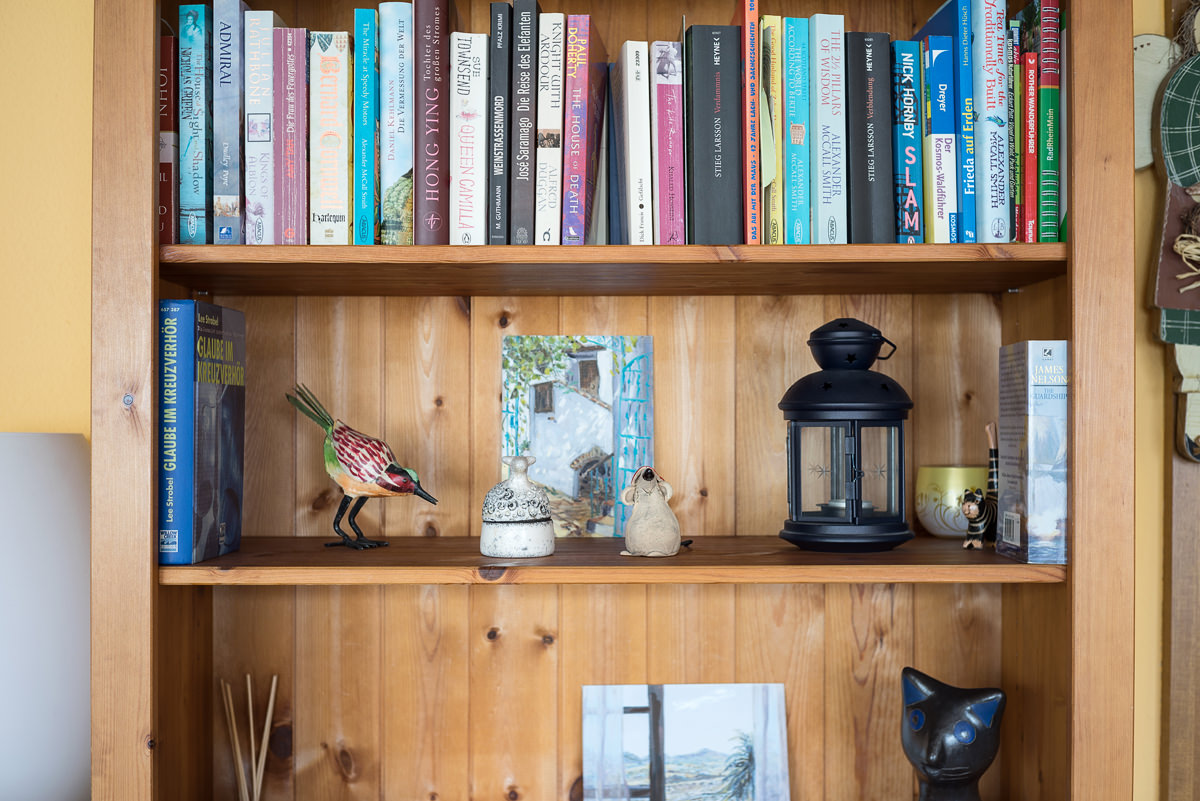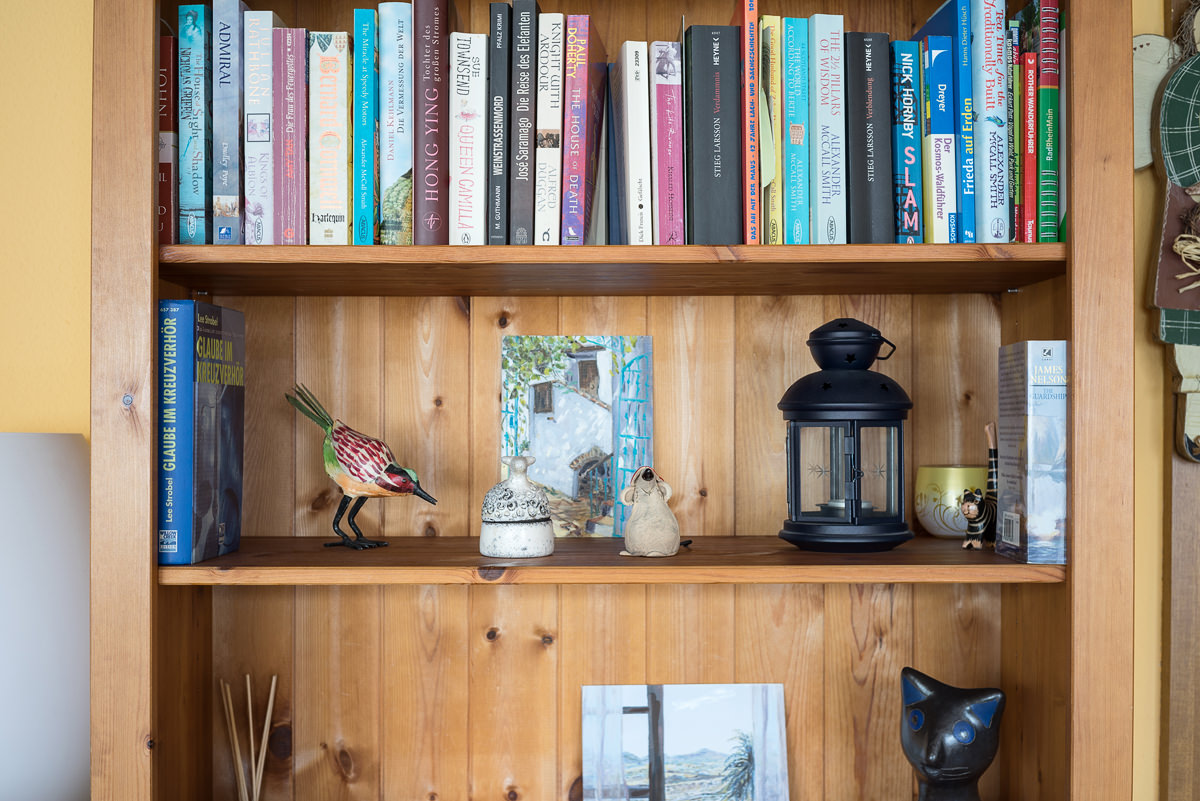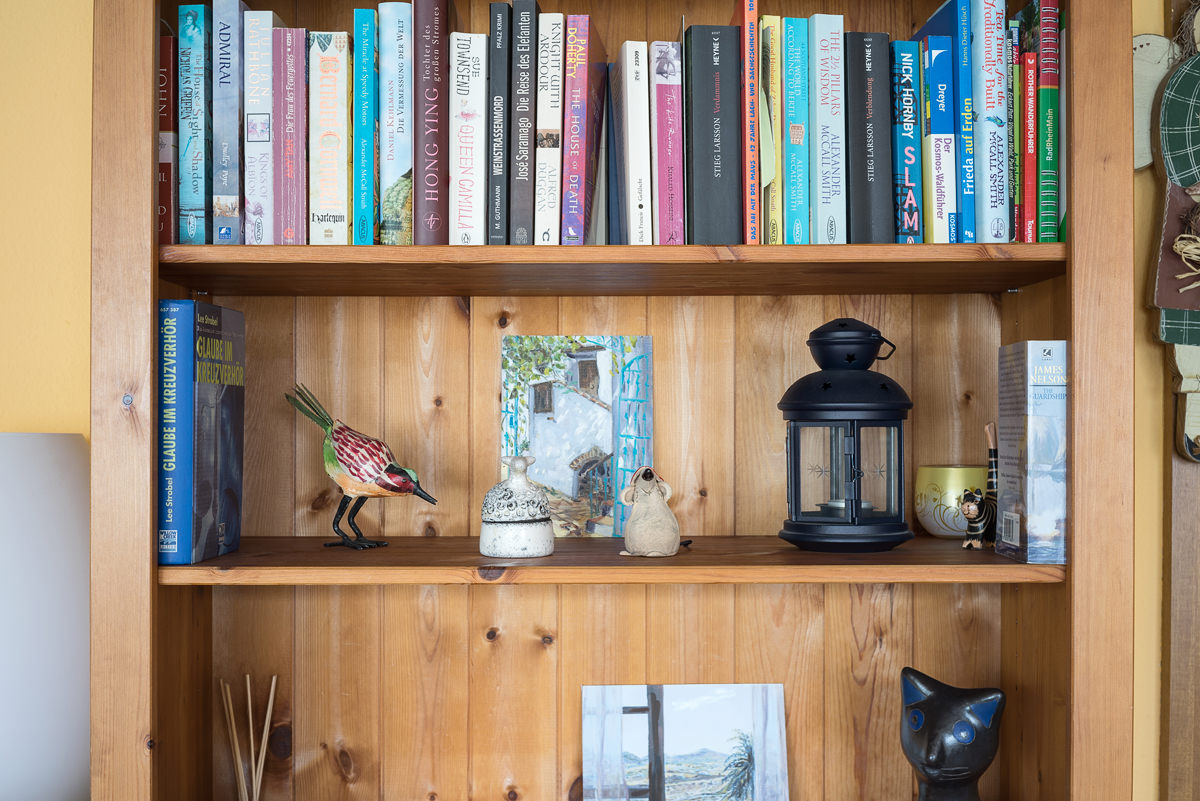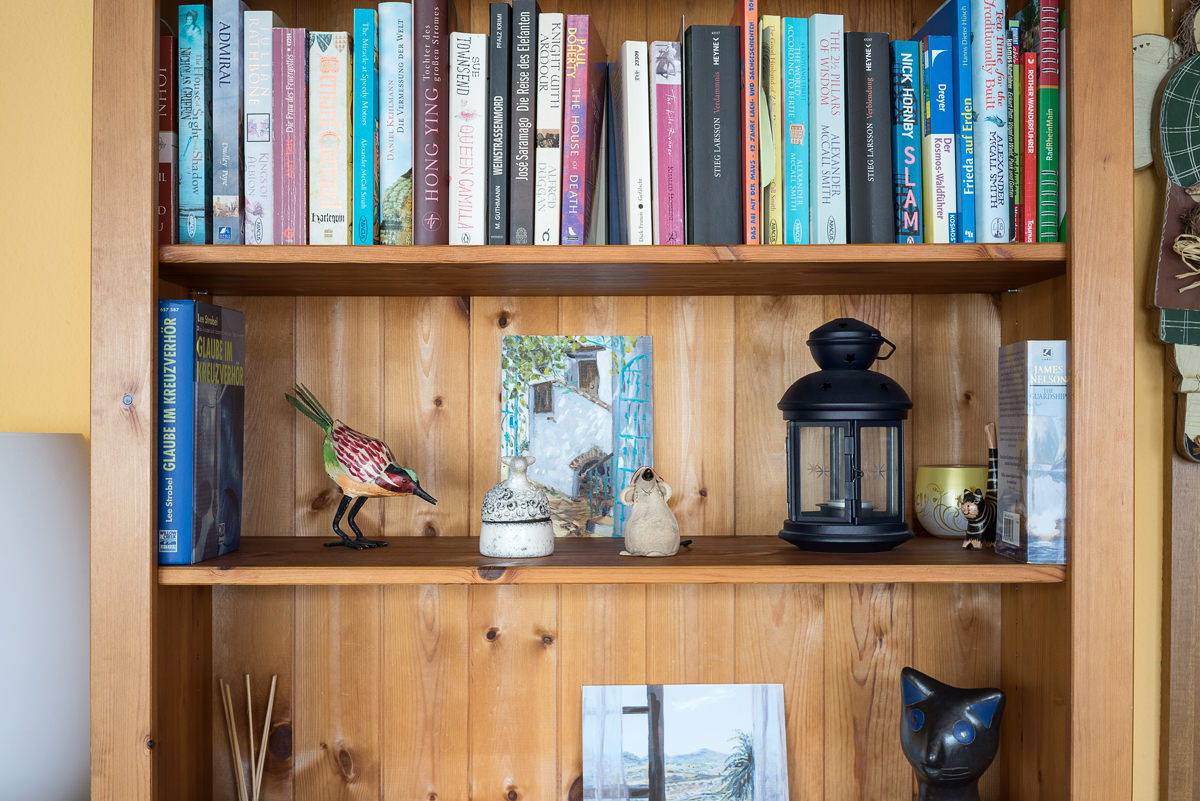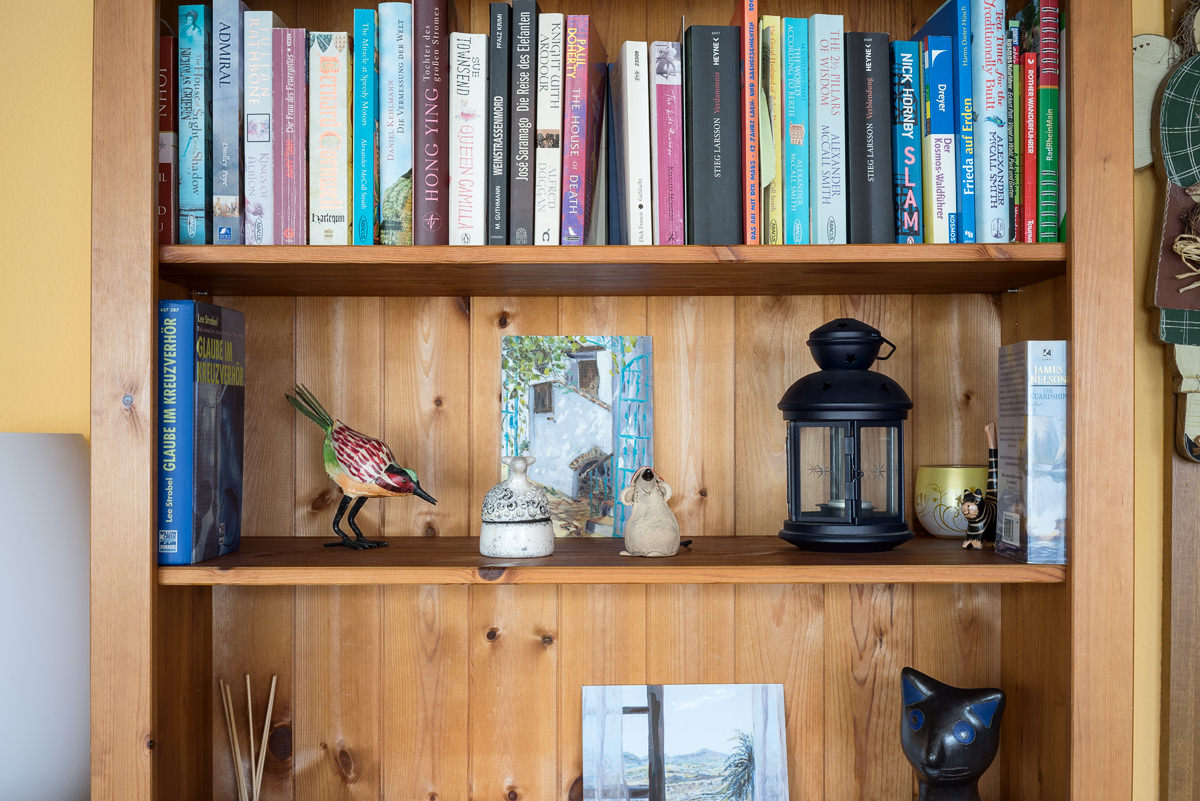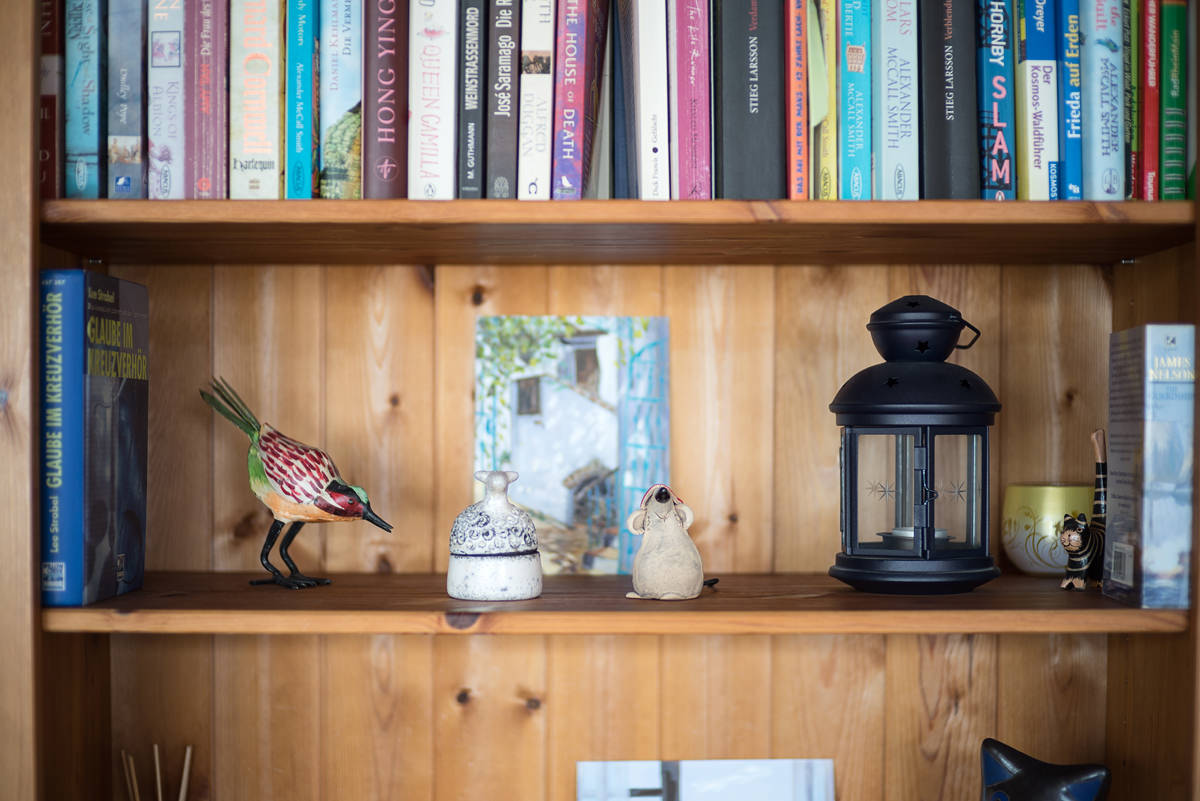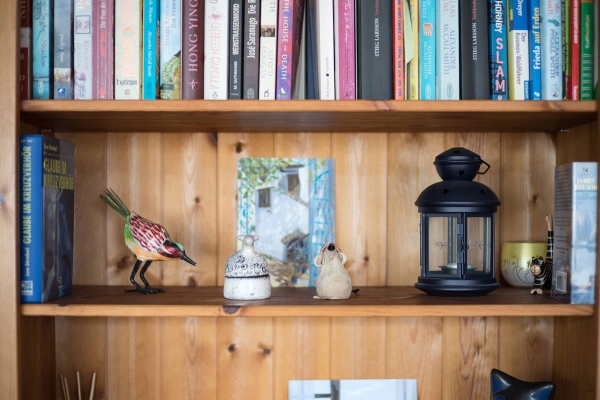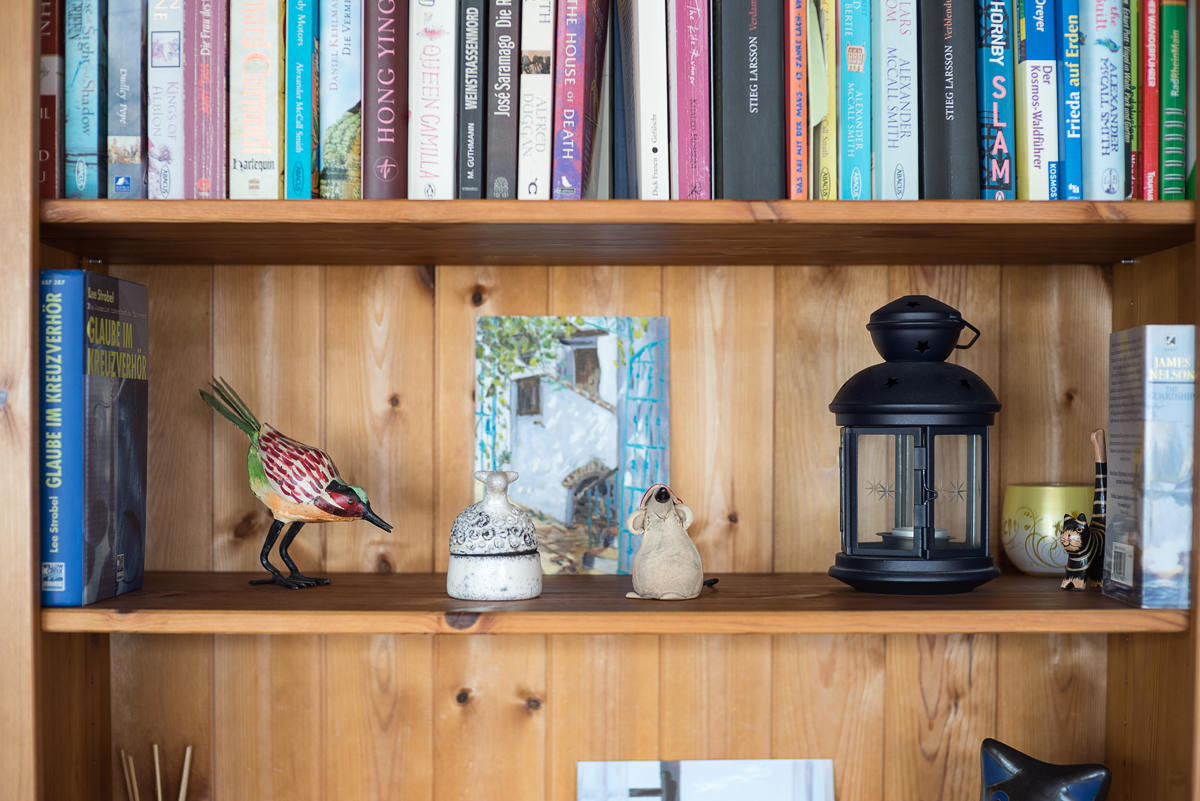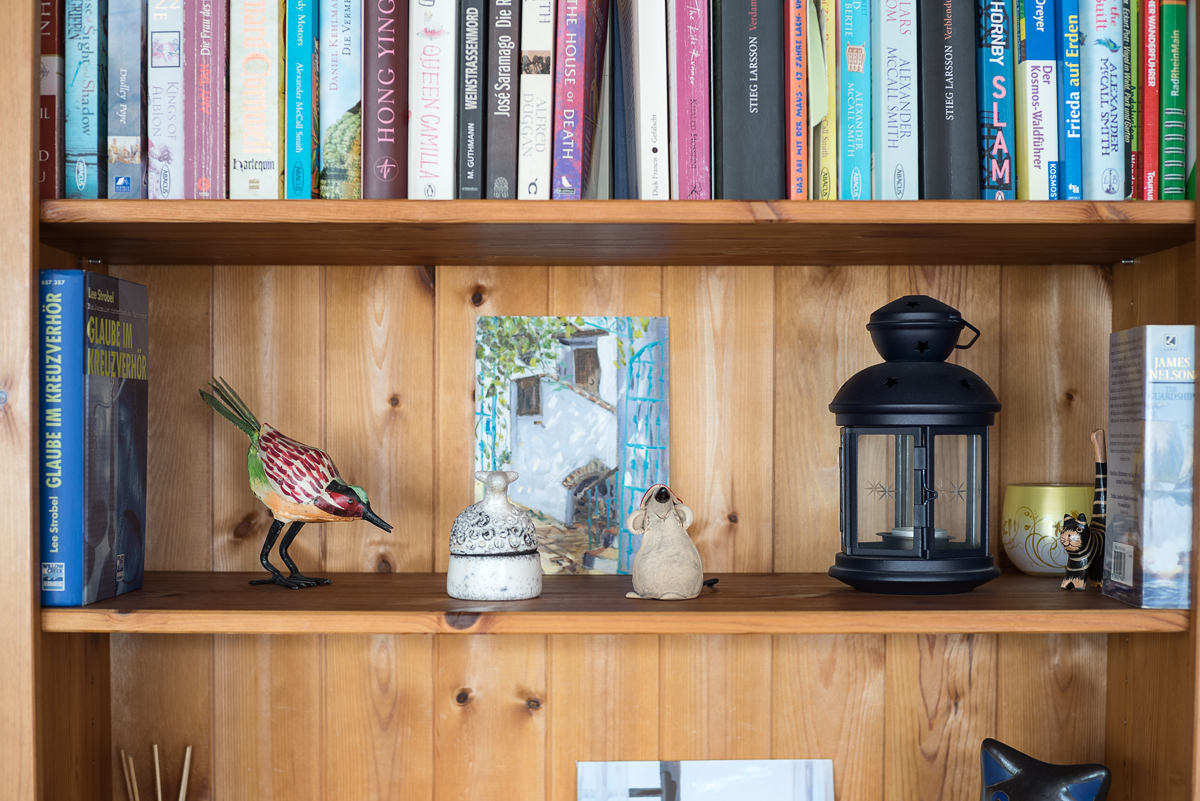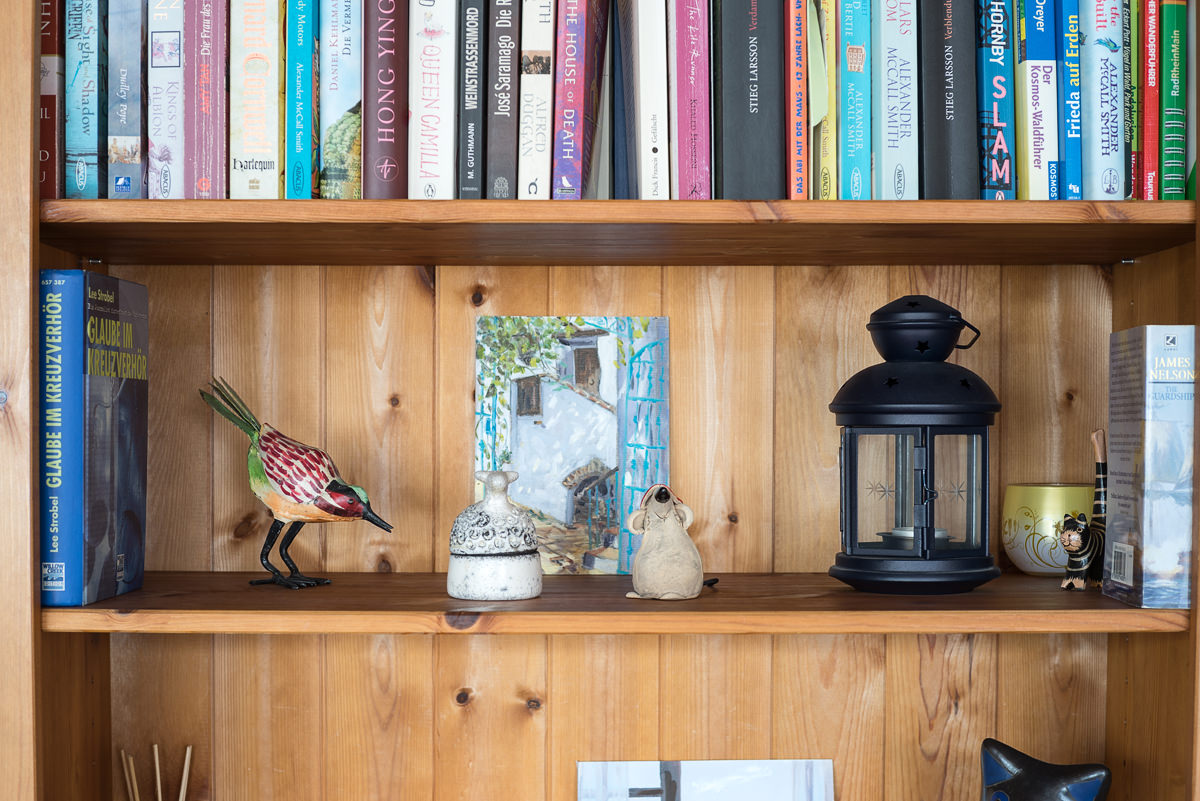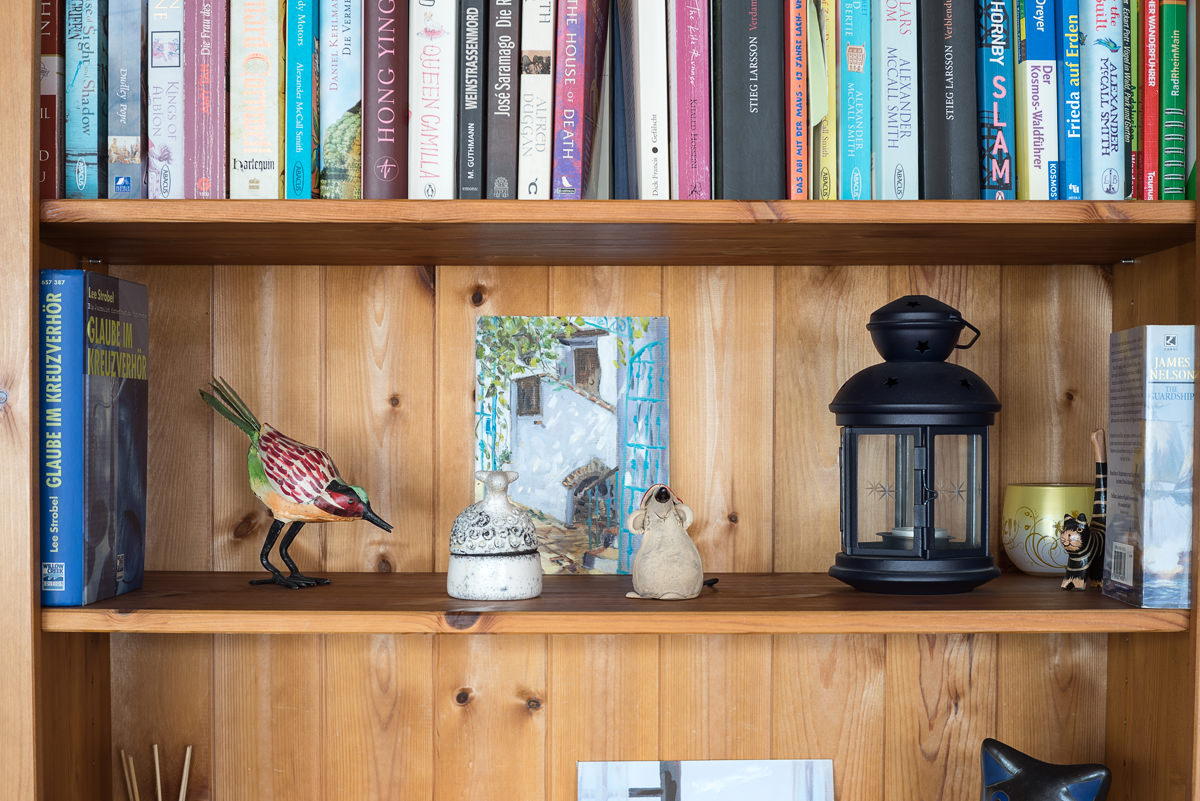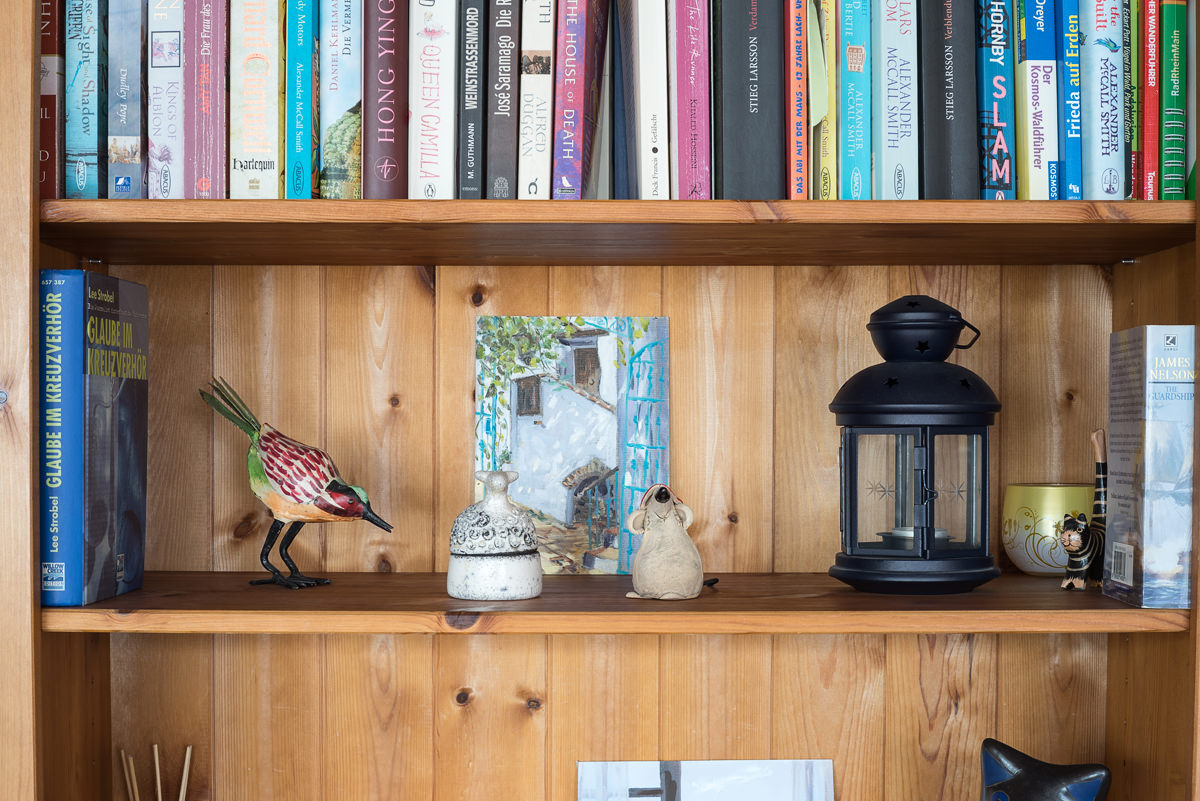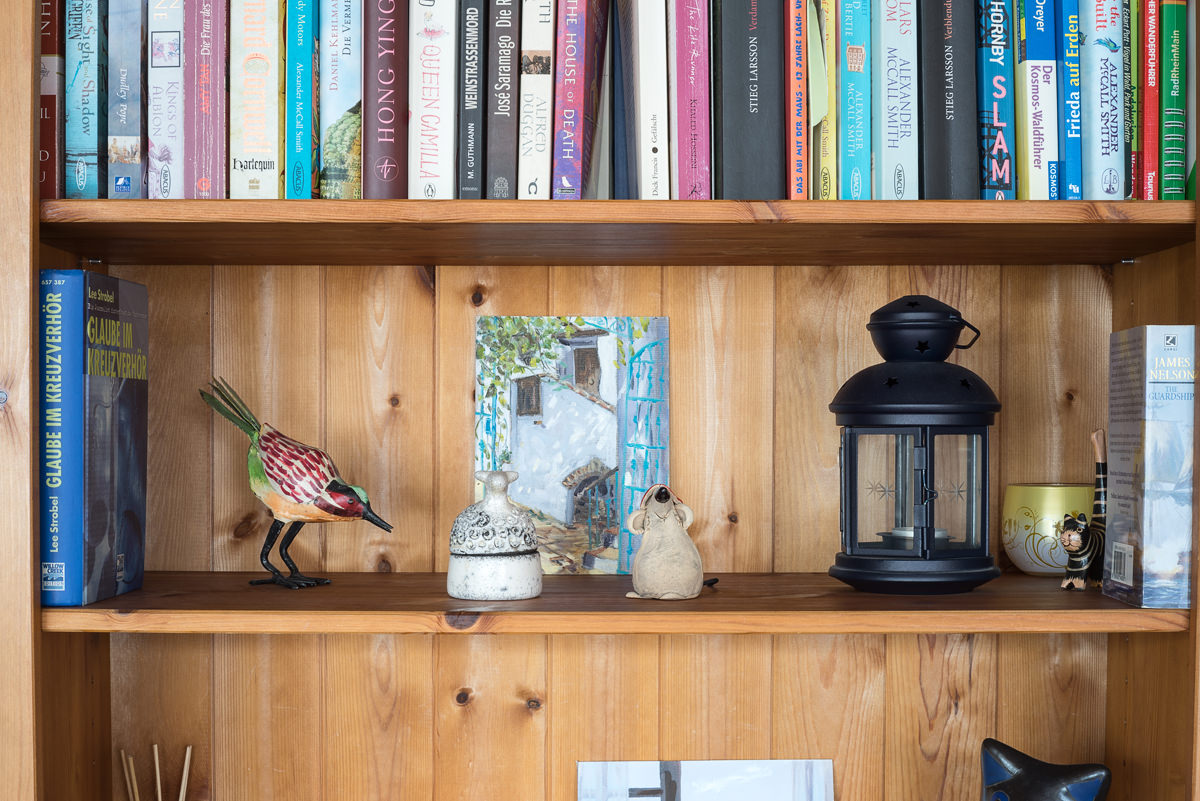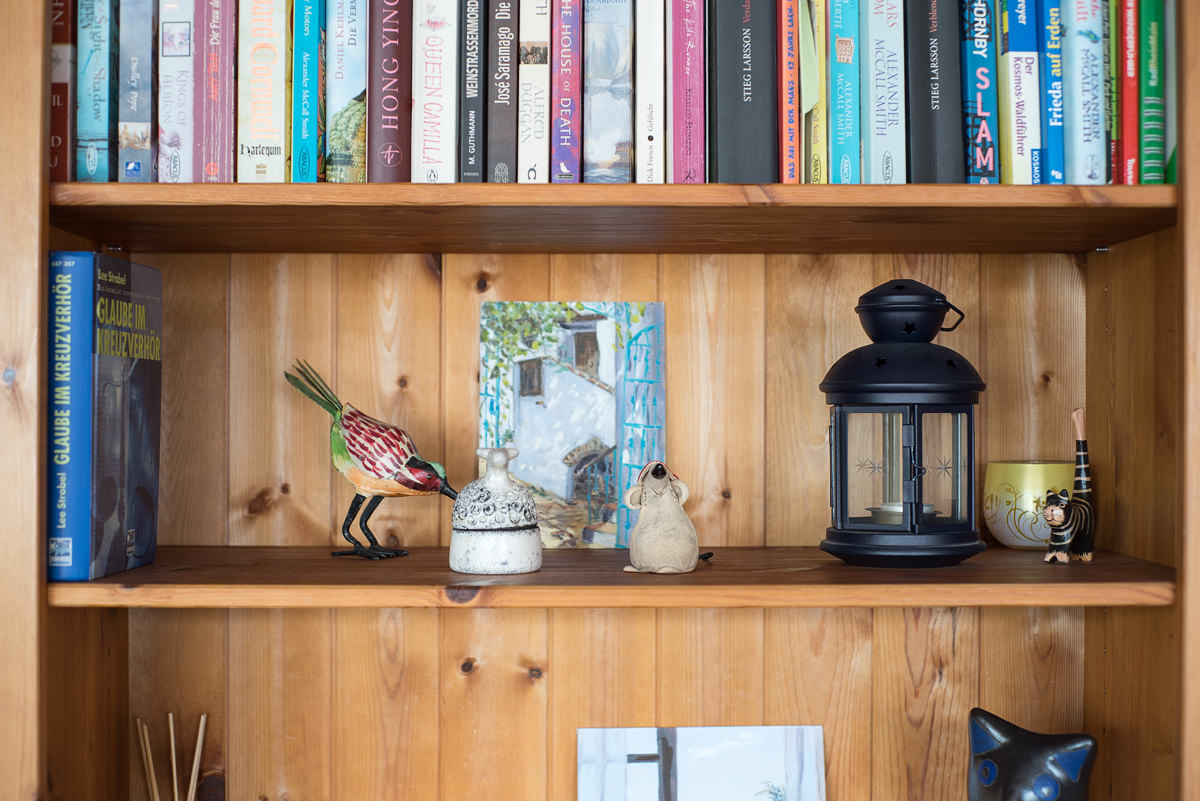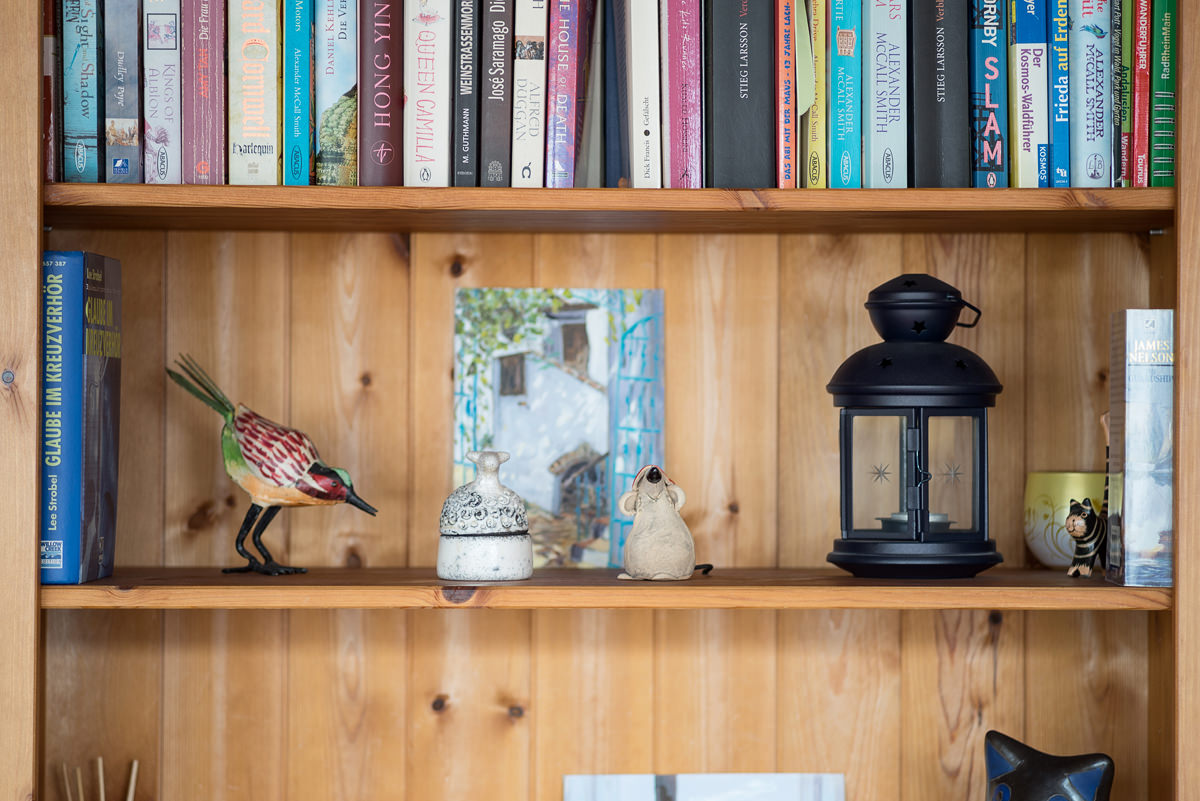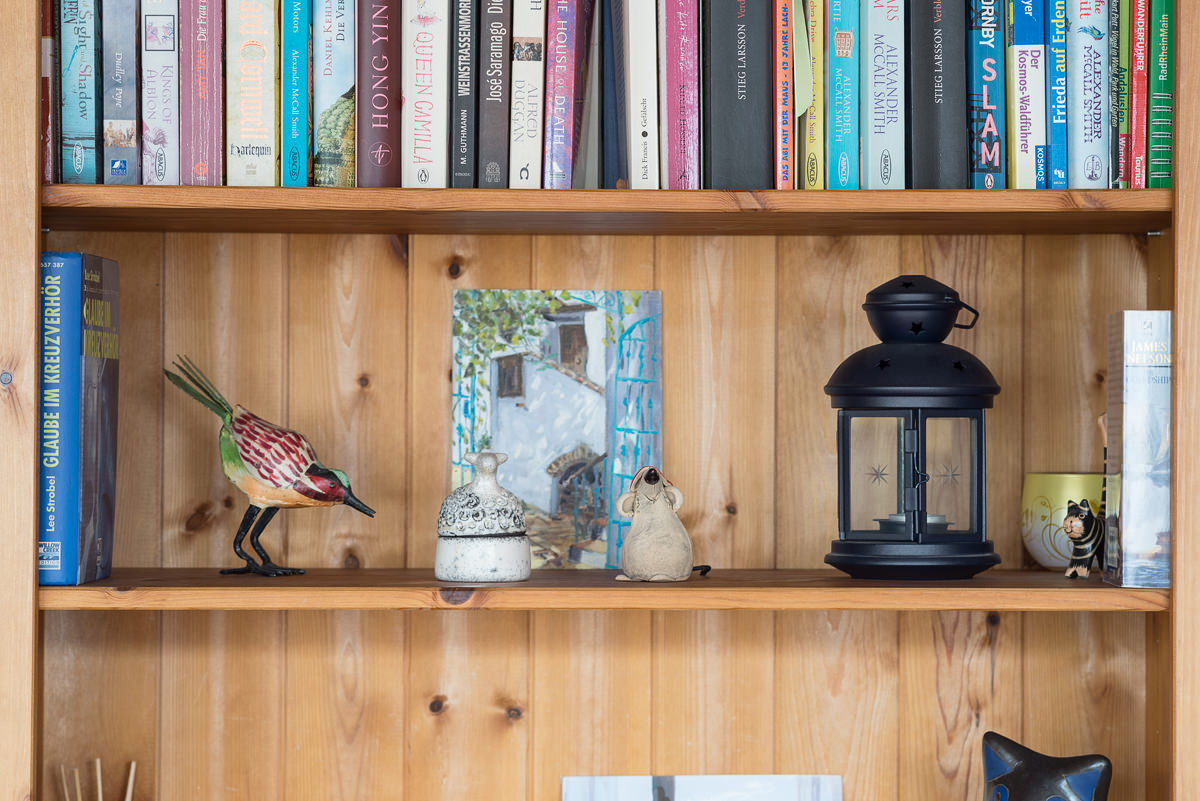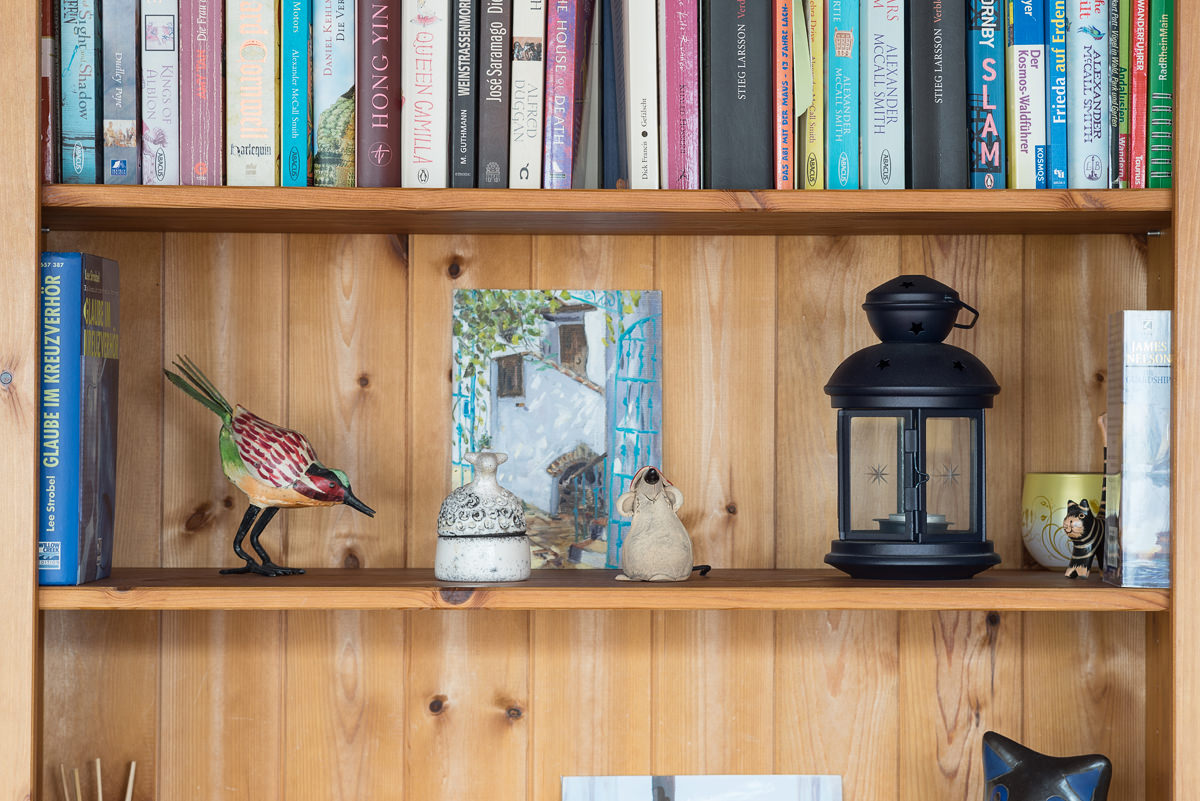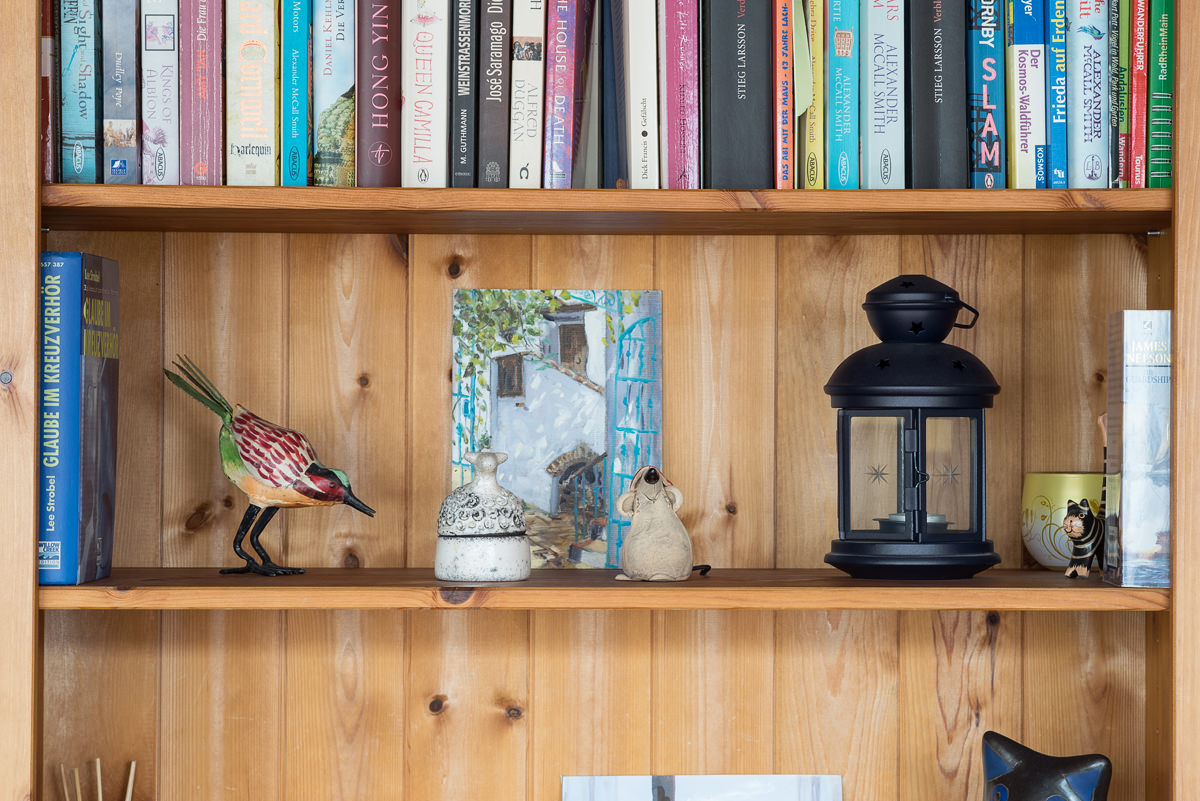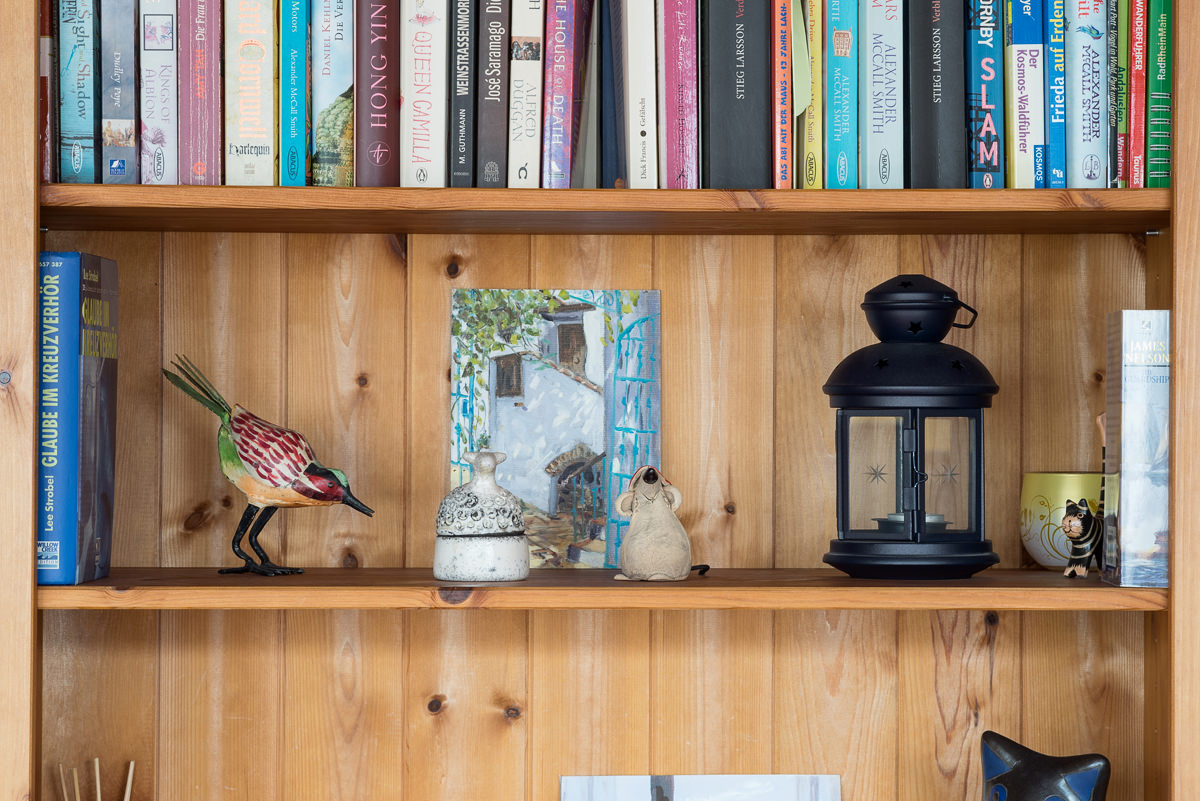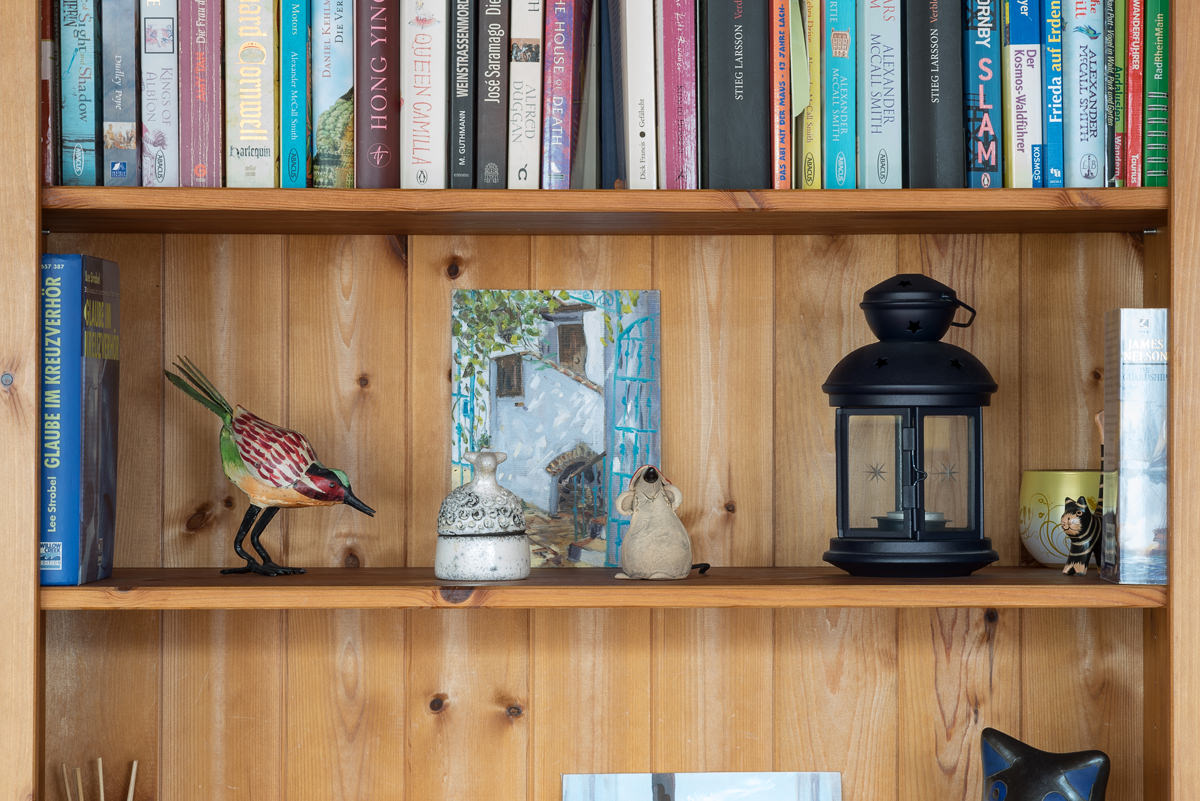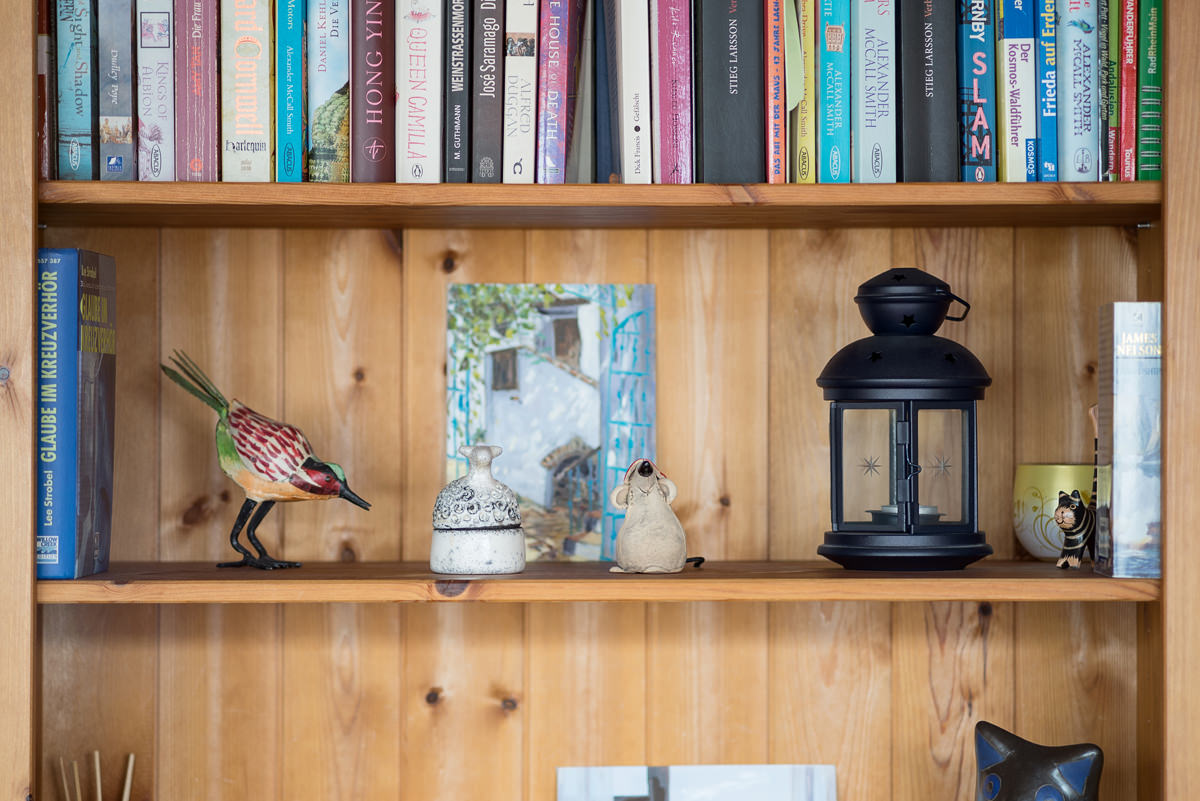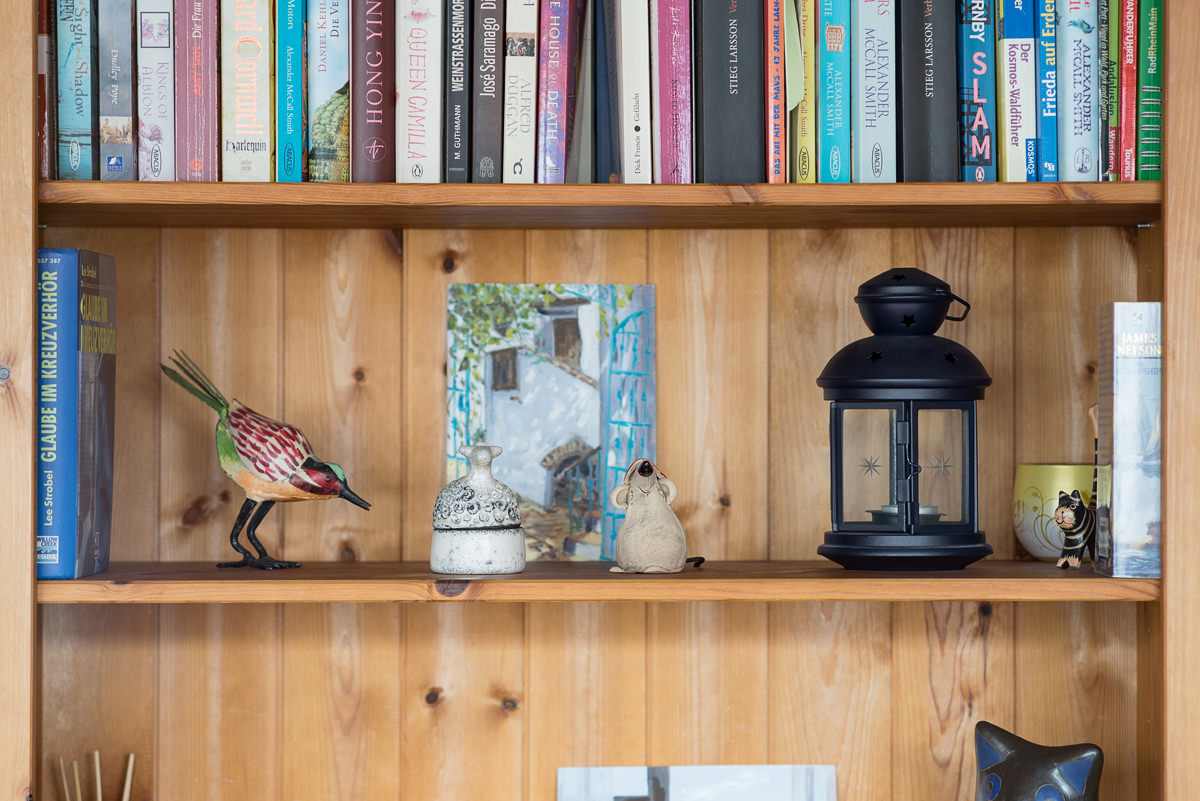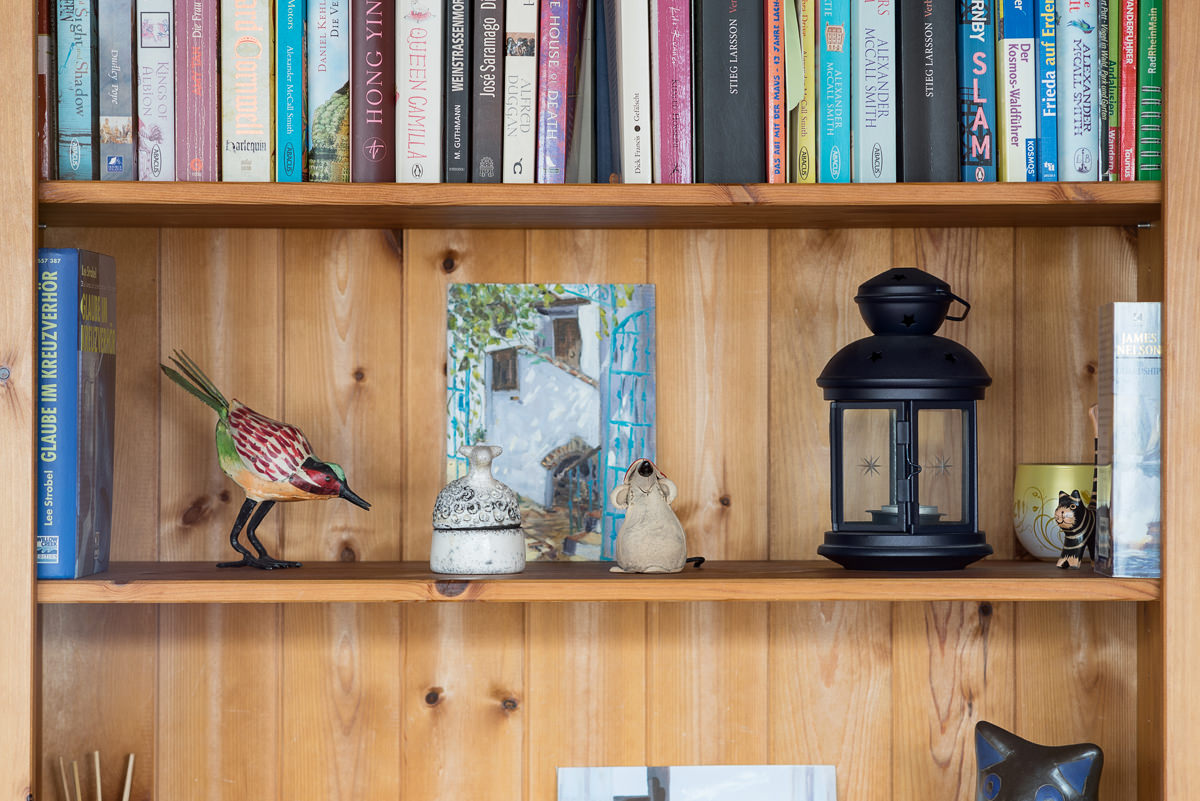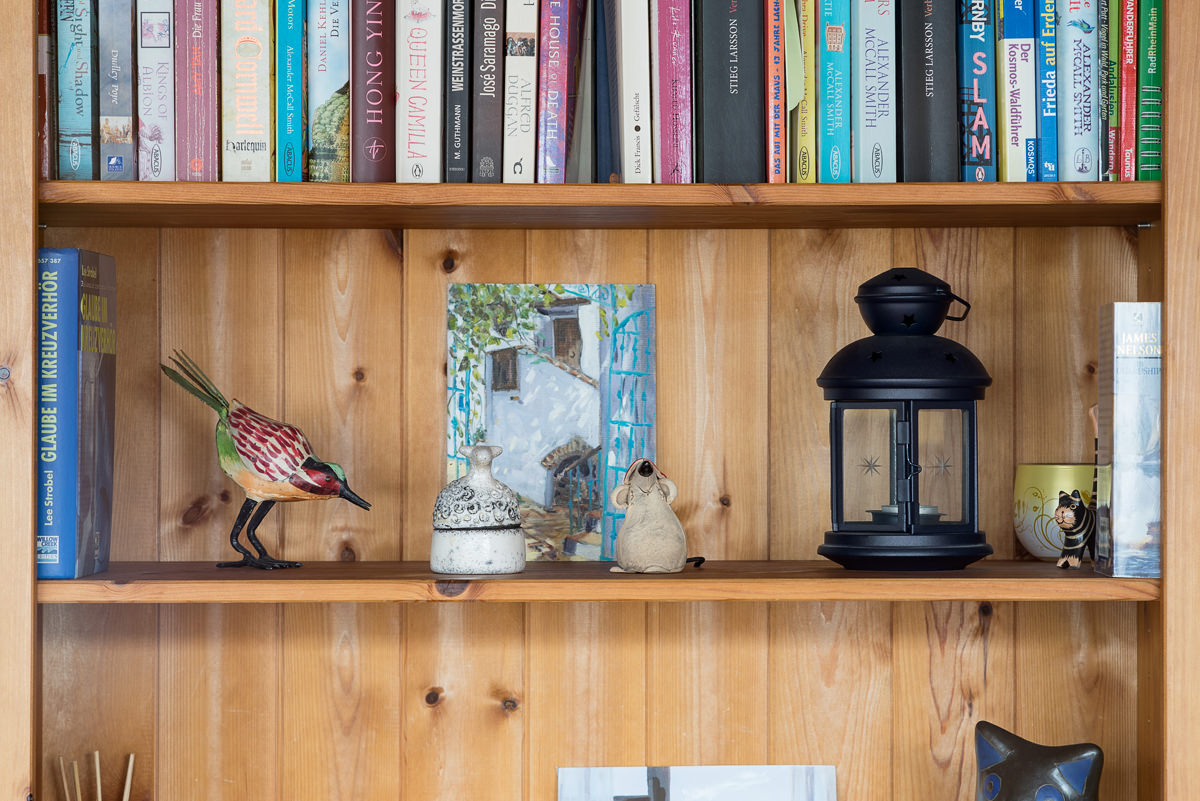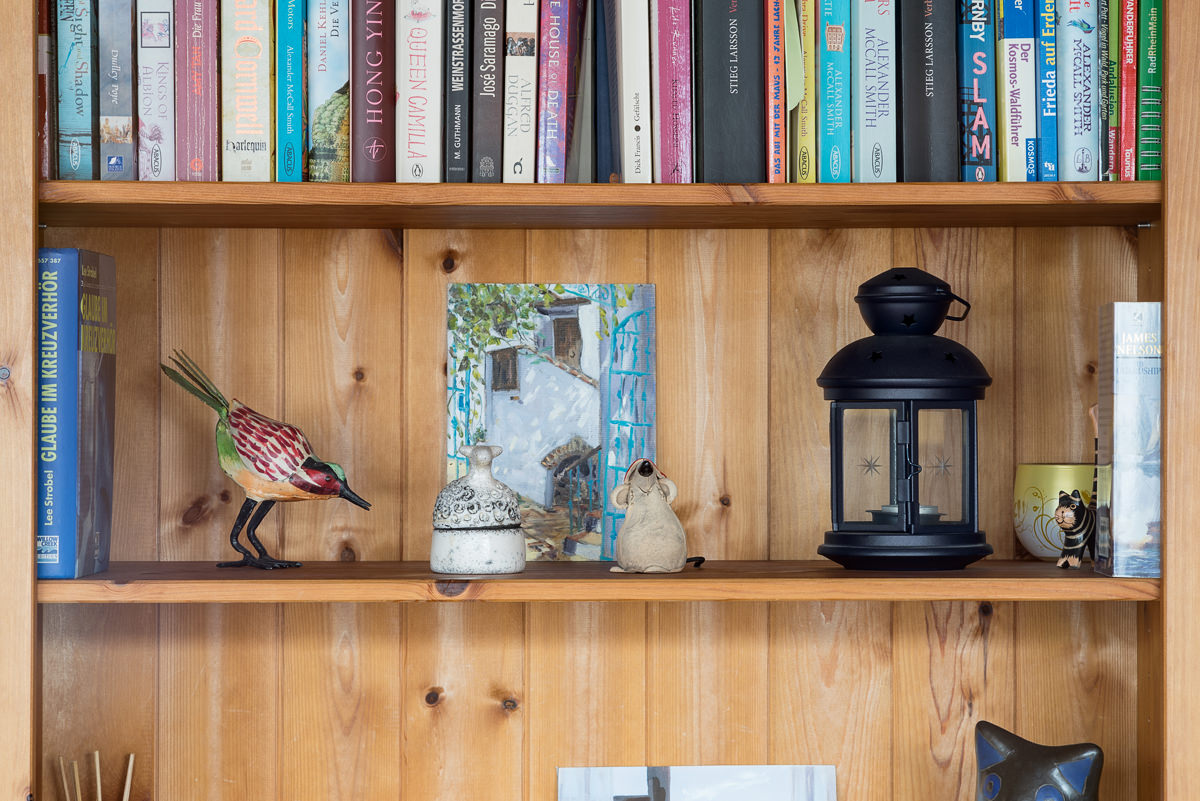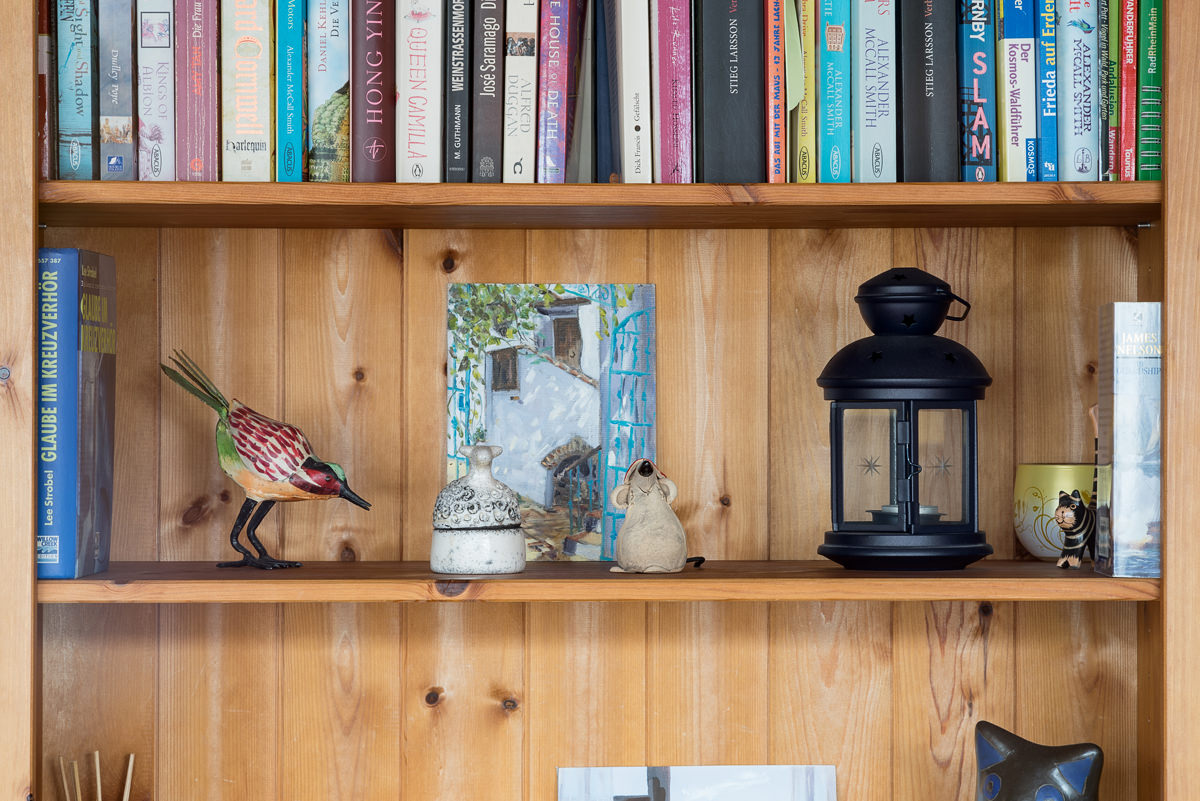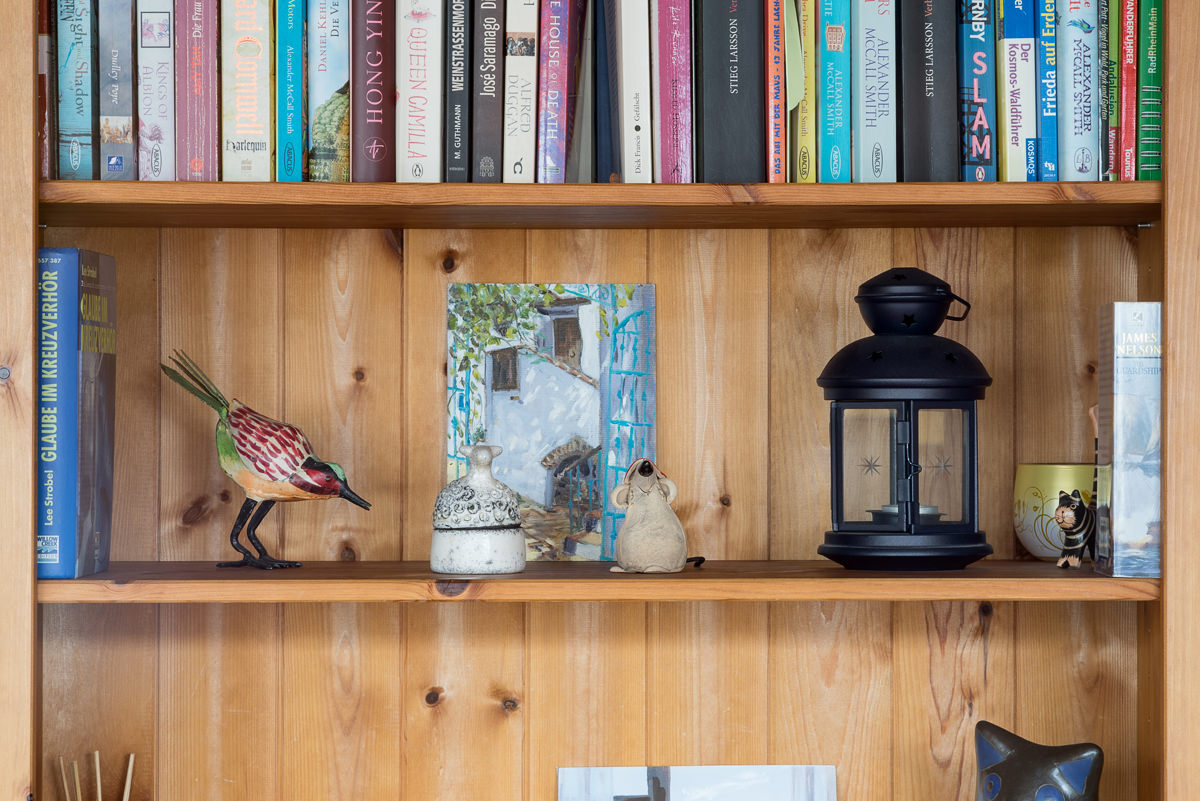Over the years I have accumulated a number of manual focus lenses from Olympus, Nikon, Minolta, Zeiss, Canon among others. All of these lenses have been tested (read used) on APS-C and M4/3 cameras with good results for most of them. Those lenses that didn't pass the test on those cameras have no chance of passing on a full frame camera for the simple reason that the sensor uses the sweet spot of those lenses. I.e. Only the centre part of the lens is used because of the crop sensor. The corners don't play a part and this is where the lenses usually show their weaknesses. Those lenses that didn't come out as very good or excellent have been relegated to a box in the corner of my little office, or have been sold.
So, the time has come for a few of these lenses to be tested on a full frame camera, namely the Sony Alpha A7r, a 36MP piece of superb engineering that is sure to show any deficiencies a lens may have, and believe me, a lens I thought was absolutely brilliant on a crop camera turned out to be terrible on the Sony. I have been both surprised and disappointed by quite a few lenses and I've proved to myself that the most expensive lenses are not always the best. I have been tested a few rangefinder lenses that may work well on a Leica camera but do not suit the modern day mirrorless cameras. I must admit, I am NOT prepared to pay what Leica is asking for it's lenses these days. €5000 for a lens is something that I can only dream about and I've purchased quite a few SLR lenses for as little as €10 that have proven to be excellent.
Before we go any further I would like to touch on a topic that had me shaking my head at times. It is of course the fact that if you put a rangefinder lens on one of the Sony cameras, the resulting image will have a purple colour cast that causes the photographer to work even harder to achieve an image worthy of being shown whatever the medium. The colour cast problem showed it's ugly head first with the Nex-7 (the Nex name has now been banned) a 24MP camera with excellent ergonomics but showed a lot of noise at high ISO values. I was impressed by the Nex-7 (and still am) but I has a few rangefinder lenses I wished to use. I must also stress this colour cast problem only happens with rangefinder lenses of 35mm or wider. I can use any 50mm lens without and problem whatsoever but put one of my 35mm lenses on I had to prepare myself to use a third party program (Cornerfix in this case) to eliminate the purple from all of the images. If you're a monochrome fan then this wasn't/isn't really a problem. This problem has carried on to the Alpha A7 and A7r, so in the end I just bought the FE 35 f2.8. An excellent lens by all means but I like using these old manual focus lenses. It's just fun!
NOTE: If you wish to use these wide-angle lenses on an Alpha body just go ahead and buy the A7s. A 12MP sensor coupled with extremely high dynamic range qualities AND no colour cast problems. My dream camera just came true.
This also gave me the opportunity to slim down my manual lens collection. I like to have lenses that are pretty much perfect, which means sharp across the frame when stopped down but also useable wide open. Let me just explain what I mean with the above statement; I have an Olympus OM 50 f1.8 lens which is pretty much superb on my crop cameras. The reason for this is of course it's using the centre of the frame. Corners are cropped out because of the sensor size. Now, I tested this lens on the A7r because it really is a beautiful lens and I wanted to use it more. However, I was devastated to see the right side of the resulting images. The glass is definitely decentered and this is visible even at f1.8. If I have an f1.8 then I want to be able to use it at f1.8, otherwide what's the point of having it in the first place. Needless to say, the Olympus OM 50 f1.8 has been relegated to my crop camera lens box.
Every lens freak like myself have multiple lenses for every focal length. Why, I haven't a clue really but I personally like to test and use different lenses on different cameras. I have a few lenses for 35mm, 50mm, 100mm and 135mm so I have to make a decision on which lens to use on what sensor and camera. The first one to get tested were in the 40mm to 100mm range.
The lenses were as follows:
⦁ Nikon E-Series 50 f1.8
⦁ Zeiss Planar 50 f2
⦁ Voigtländer Nokton 40 f1.4
⦁ Voigtländer Nokton 50 f1.5
⦁ Minolta Rokkor 45 f2
⦁ Nikon E-Series 100 f2.8
⦁ Olympus OM 100 f2.8
After seeing the Olympus images I didn't bother including it here in the results. It was just too awful. The images below were all taken on a tripod at ISO100. For the 100mm lenses I doubled the distance to get the same angle of view as for the 50m lenses.
A small note on the setup: Tripod was approx 1.5m (5') away from the subject and each image was taken with a 2 sec. timer. I think it's important here to state the point of focus was on the black nose of the mouse, centre right. You can see this quite clearly as I stopped the lenses down. For the 100mm lenses the tripod was moved back to 3m. The CV 75 f2.5 was at the same distance as the 50mm lenses.
When looking at the larger version, please ensure you are looking at the images at 100% otherwise the images will look quite soft.
First Lens: Nikon E-Series 50 f1.8
 @f1.8 Click image for larger version
@f1.8 Click image for larger version
@f2.8 Click image for larger version
@f4 Click image for larger version
@ f5.6 Click mage for larger version
@ f8 Click image for larger version.
@ f11 Click image for larger version
@ f16 Click image for larger version.
@ f22 Click on image for larger version.
I believe I paid in the region of €20 for this lens which proved to be an excellent buy. The E-Series Nikon lenses have impressed me immensely (see also the Nikon 100 f2.8 test further down). The 135mm f2.8 also looks promising which will be posted with quite a few other 135mm lenses in a yet to be published post.
Second Lens: ZEISS Planar 50 f2 ZM
@ f2 Click on image for larger version
@ f2.8 Click on image for larger version
@ f4 Click on image for larger version
@ f5.6 Click image for larger version
@ f8 Click image for larger version
@ f11 Click image for larger version
@ f16 Click on image for larger version
@ f22 Click on image for larger version
The Zeiss is one of the most expensive lenses in this line-up and in this case is one of the best performers. Look at the image @ f2 where the lens was focused (nose of mouse) and you will notice that it is sharp. Depth of field is very shallow and the rendition of this lens on this sensor is really excellent. Highly recommended if funds are available.
Third Lens: Voigtländer Nokton 40 f1.4
@ f1.4 Click image for larger version
@ f2 Click image for larger version
@ f2.8 Click image for larger version
@ f4 Click on image for larger version
@ f5.6 Click image for larger version
@ f8 Click image for larger version
@ f11 Click image for larger version
@ f16 Click image for larger version
Note: The Nokton can only be stopped down to f16 (quite common for rangefinder lenses) but at this focal length everything will be in sharp focus. Colour is a bit muted but is typical for a Voigtländer lens. See also the 50 f1.5 and the 75 f2.5 from Voigtländer. Rendition I find is again typical of Voigtländer (more Leica maybe) and the images are sharp without having high contrast edges. A nice portrait lens and it gets used quite frequently on my cameras.
WhatÄs also interesting to notice is how much difference 10mm makes for a len at these focal lengths. Just compare the 40 f1.4 with the 50 f1.5 below. That's how much room you have to maneuver with the 40mm lens.
Fourth Lens: Voigtländer Nokton 50 f1.5
@ f1.5 Click image for larger version
@ f2 Click image for larger version
@ f2.8 Click image for larger version
@ f4 Click image for larger version
@ f5.6 Click image for larger view
@ f8 Click image for larger view
@ f11 Click on image for larger version
@ f16 Click image for larger version
Another Voigtländer lens that shows the same characteristics as the 40 f1.4. I can't fault image quality at all. The lens is quite a bit heavier and bigger than the Nokton 40 f1.4. These lenses are made of metal and build quality is top notch. One thing that bothers me a little about the 50 f1.5 is the long focusing throw from near to intinity which costs time when changing your point of focus. Otherwise a nice lens which puts some heft to the A7r.
Fifth Lens: Minolta Rokkor 45 f2
@ f2 Click image for larger version
@ f2.8 Click image for larger version

@ f4 Click image for larger version
@ f5.6 Click image for larger version
@ f8 Click image for larger version
@ f11 Click image for larger version
@ f16 Click image for larger image
Together with the Zeiss 50 Planar f2 this lens is the real winner in my opinion. Performance is nothing like I expected. For a small investment of a few Euro, it's proved to be a real winner. Sharp at all apertures with a nice rendition characteristics. I know now that this lens will be used quite heavily on my Alpha cameras and if it works this well on the full frame bodies it has to be real winner on the crop bodies. It's aso small and light, you just realise it's on the camera. Highly recommended.
Sixth Lens: Nikon E-Series 100mm f2.8
@ f2.8 Click image for larger version
@ f4 Click image for larger version
@ f5.6 Click image for larger view
@ f8 Click image for larger version
@ f11 Click image for larger version
@ f16 Click image for larger version
@ f22 Click on image for larger version
Another classic from Nikon. Just like the 50mm f1.8 a super performer. I sometimes wonder why I bother with rangefinder lenses. I have no negative things to say about this lens. It's quite small and weighs practically nothing; focusing is smooth which makes focusing easy (on the Sony cameras anyway).
Seventh Lens: Olympus OM 100mm F2.8
@ f2.8 Click image for larger version
@ f4 Click image for larger version
@ f5.6 Click image for larger version
@ f8 Click image for larger version
@ f11 Click image for larger version
@ f16 Click image for larger version
@ f22 Click image for larger version
If there is anything I've learned for these tests with numerous lenses, it's the fact that the A7r sensor is simply phenomenal. In my opinion it's the best on the market at present (not taking into account the DSLR market). I have a few DSLRs in numerous places but the fact that I've not really touched them for some months has made me realise I probably won't touch tham at all in the near future. Time for them to go?
Passing by a camera shop downtown a couple of days ago made me stop dead in mytracks as I saw a Canon 70-200 L IS II in the window. When I think back to the time I used to carry around a rucksack full of those lenses plus some other accessories, I have to ask myself how I actually did it. The Canon L and Nikon high grade lenses are huge and heavy and NOT something I'm prepared to carry around today having handled these small mirrorless cameras. Granted, they are not made for sport or bird photographers where fast AF is a requirement, but for all other subject matter these mirrorless cameras are really ideal. If I need AF I'll just mount an FE lens and away I go (although Sony could increase their lens line-up).
I am more convinved today than at any other time that the DSLR days are coming to a close especially as the focusing system of the mirrorless cameras get better and better with every new camera generation. Every day there's a new post on some site stating why someone dumped their DSLR gear for these new cameras and that is something we'll see more of in the coming months, I'm certain of it.
Conclusion:
These tests have apened my eyes to just how good these old lenses are and cost a fraction of the modern day AF lenses made for these systems. Even when stopping the lens down to f22 doesn't really degrade the image that much; some may disagree with me, but I just can't see it.
A last word, these tests were made at a distance appropriate for portraiture, which doesn't mean they can also be used for landscape images. That requires some more testing on my part but doubtful I will get around to that in the near future. Out of eight (8) lenses I got one lemon (namely the Olympus OM 50mm f1.8) which shows how long these lenses have lasted since their introduction many years ago. The chances of purchasing a good lens (many here were purchased on ebay) are good, but don't overpay, I can't stress that enough.
The performance of SLR lenses seem to be better on the Sony A7r on the whole and has got me thinking about the future on my lenses. The SLR lenses are smaller, lighter and definitely lighter on the pocket. The future for me in this market is quite clear, and it's not heading in Leicas direction!






